Day 76 - The Sugao Sekibutsu Cliff Buddhas, The Kyushu 108 Temple Pilgrimage, Japan
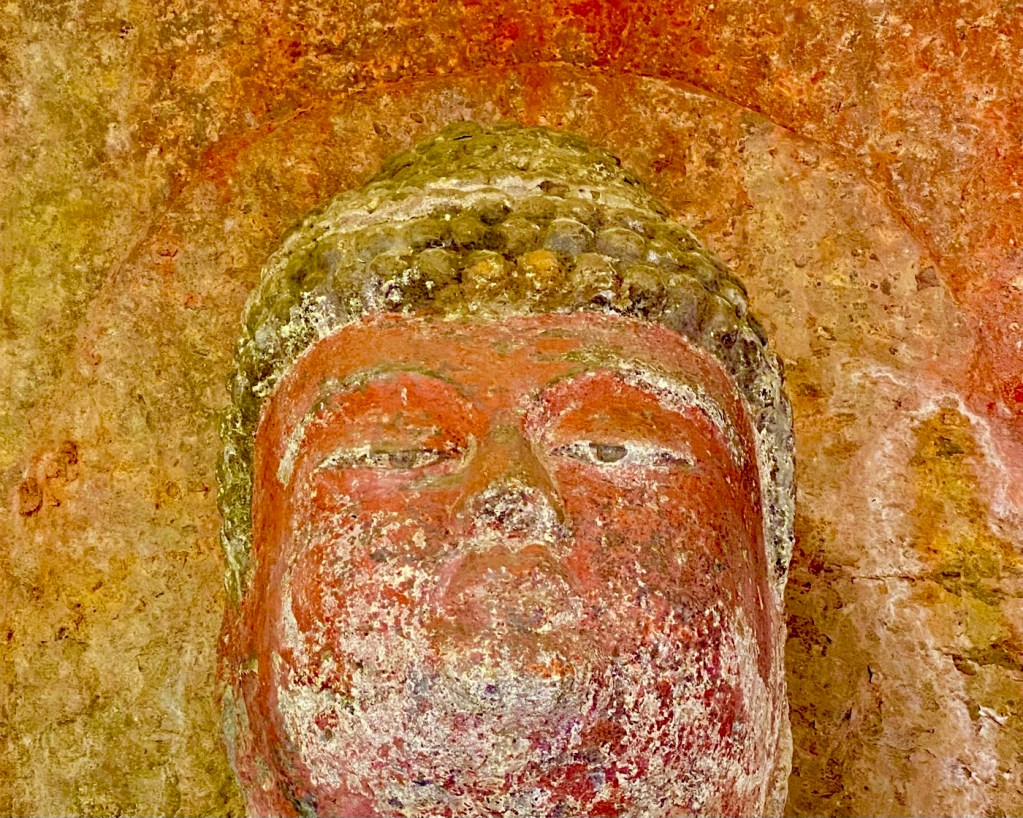
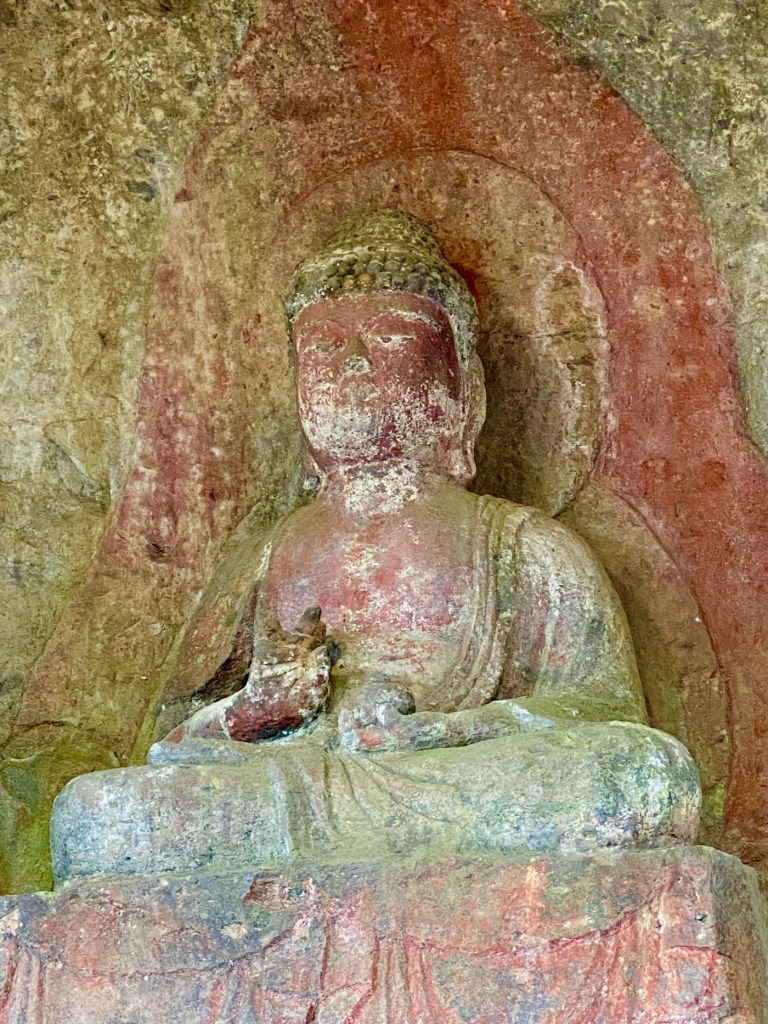
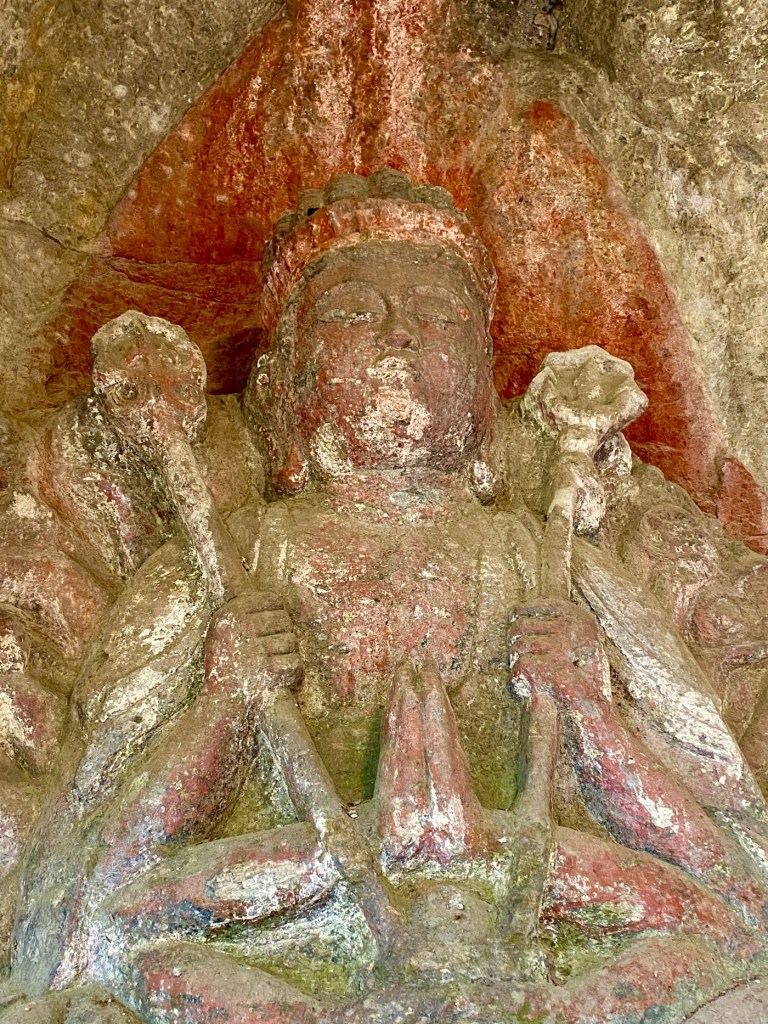
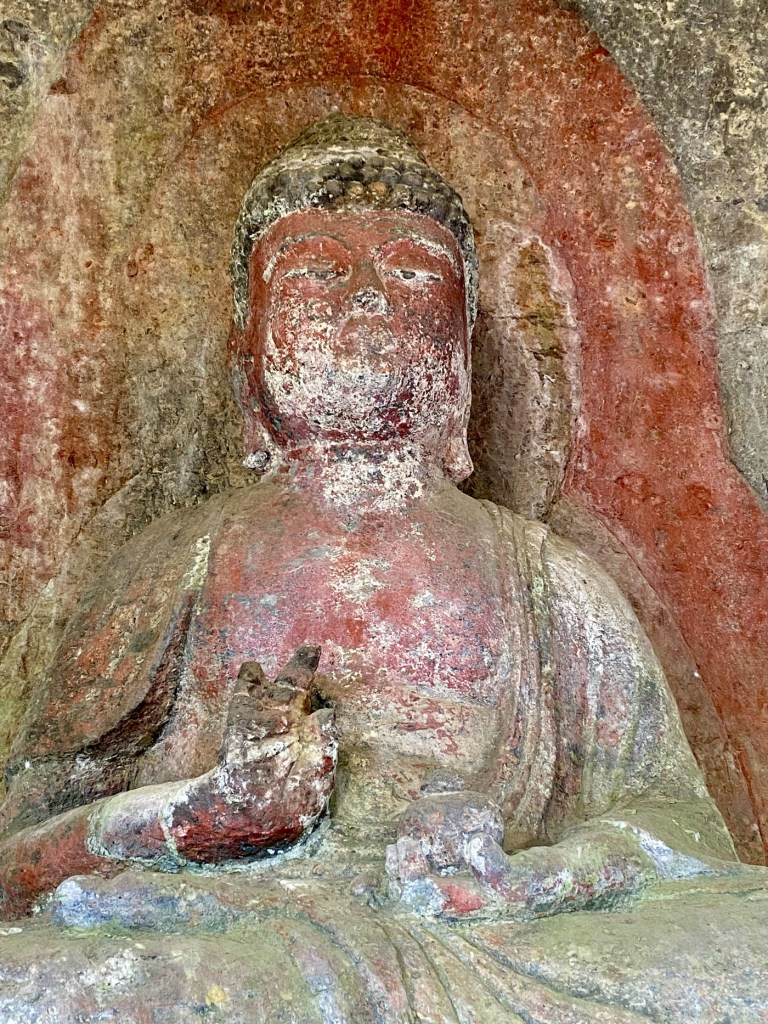
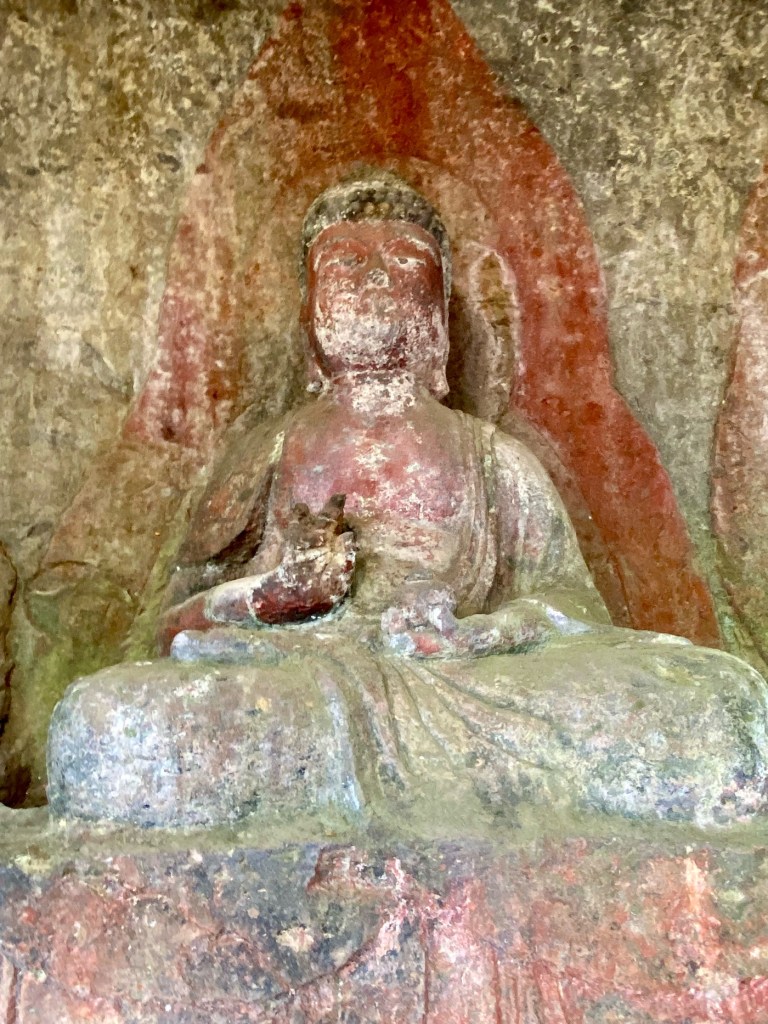
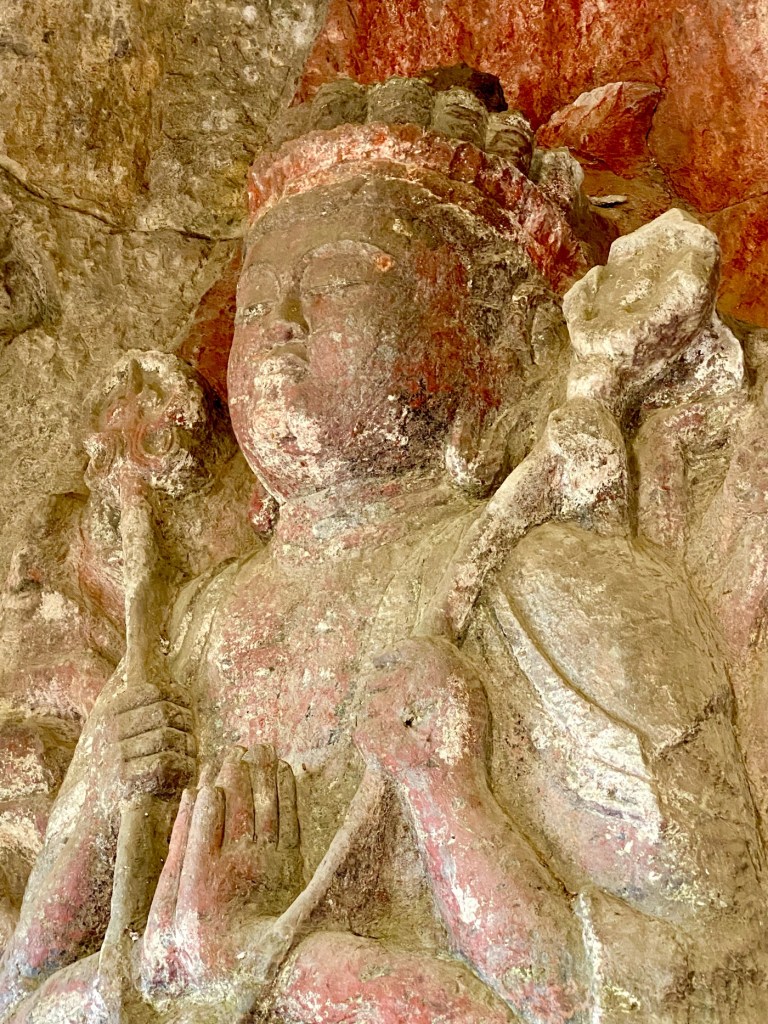
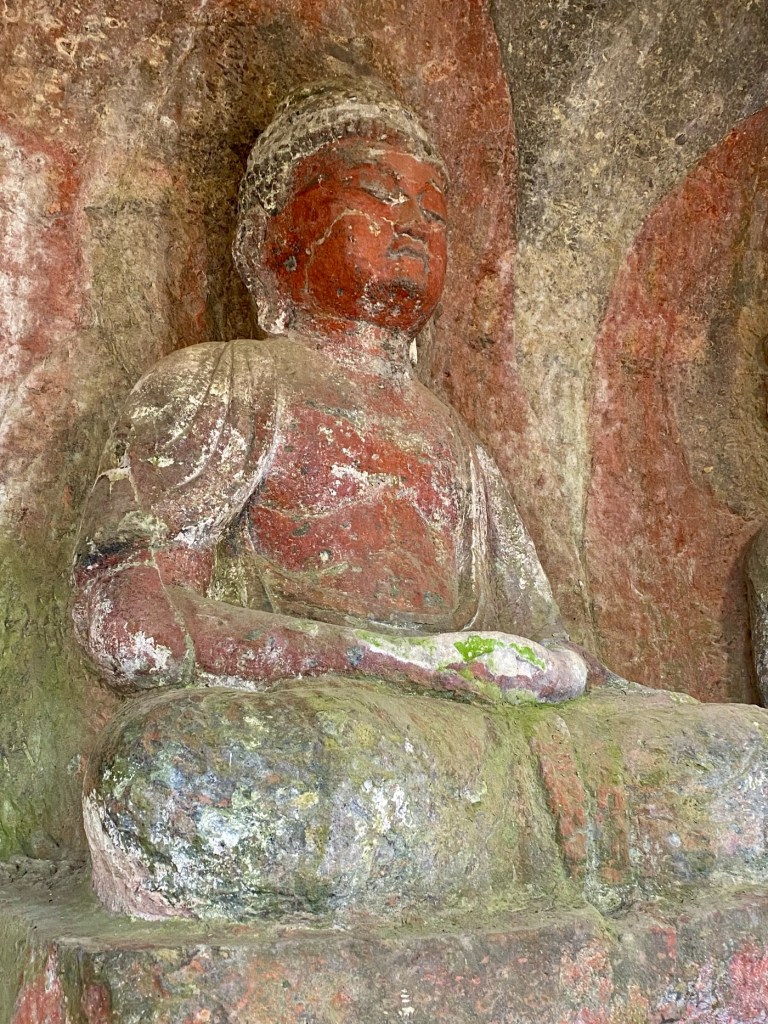

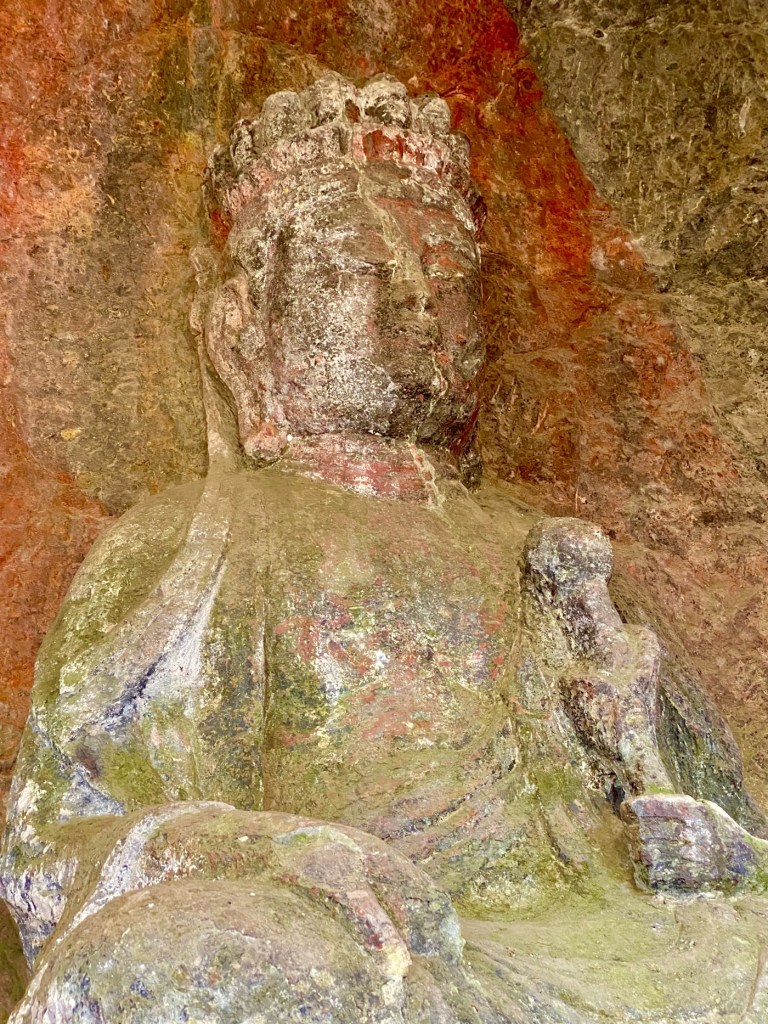
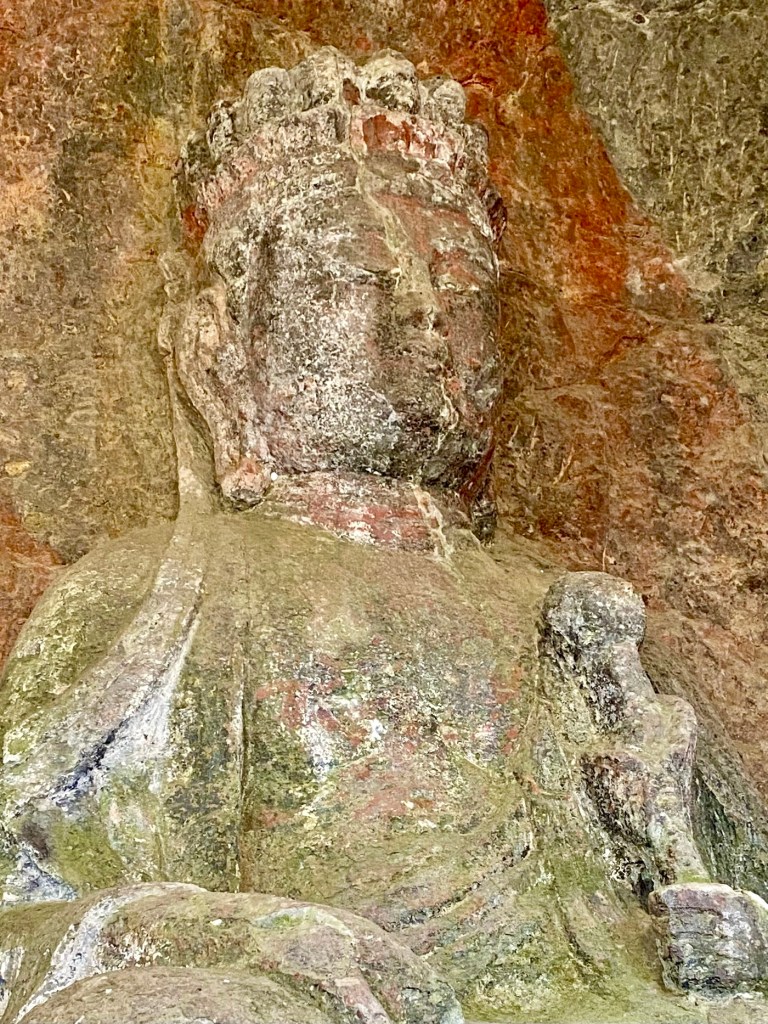
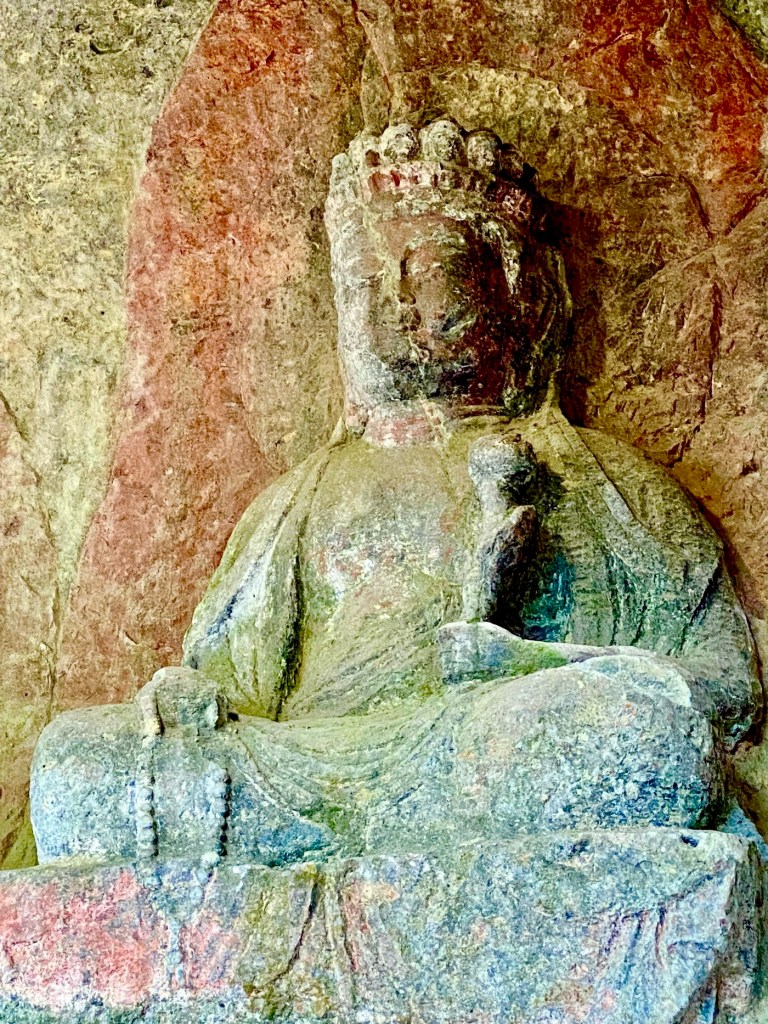
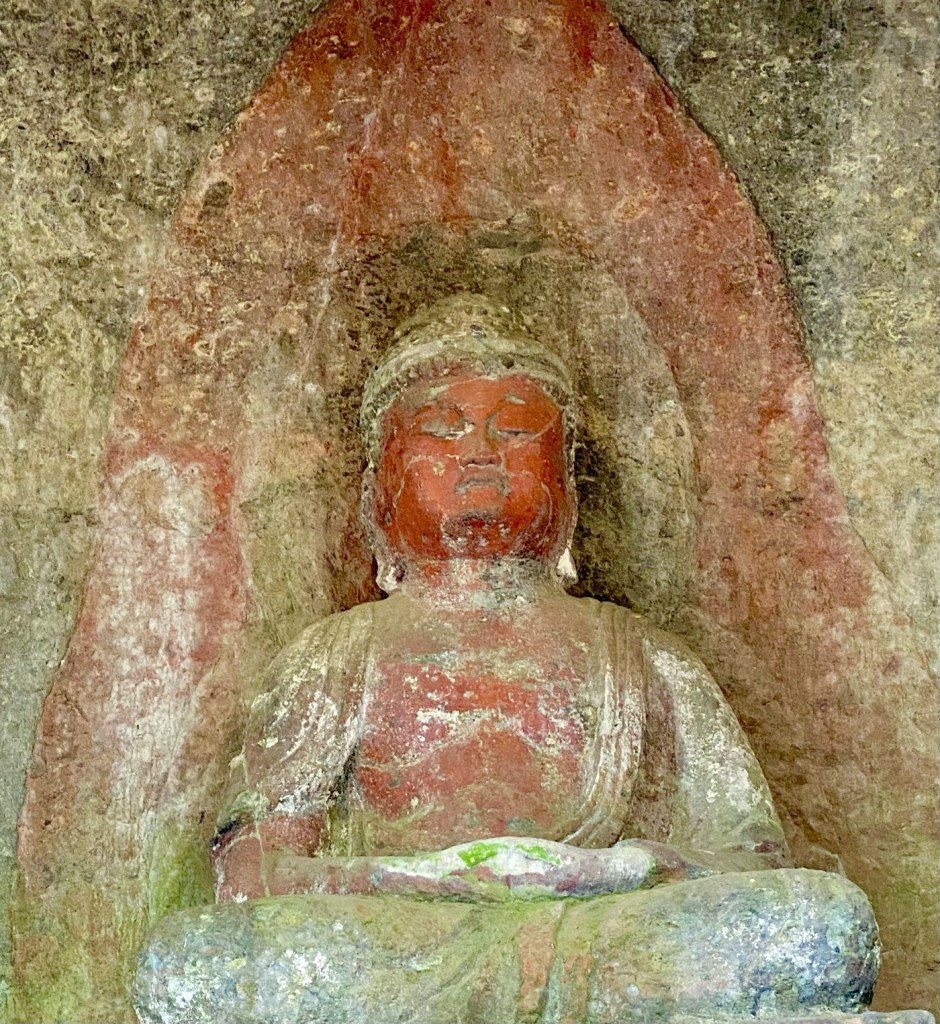

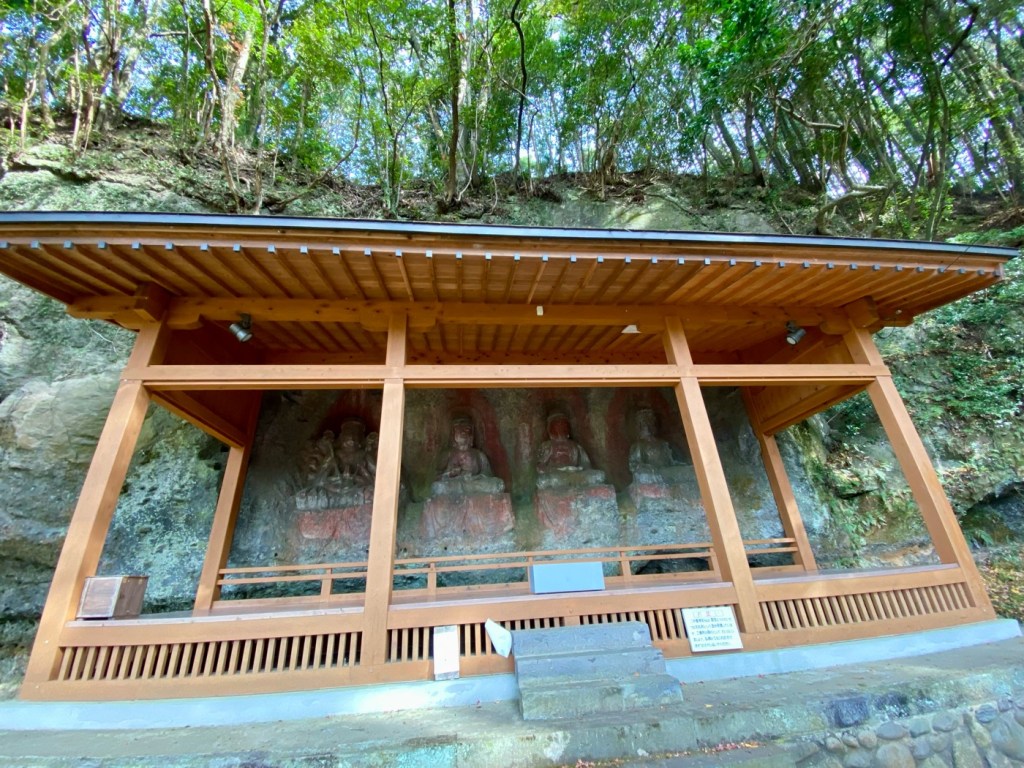
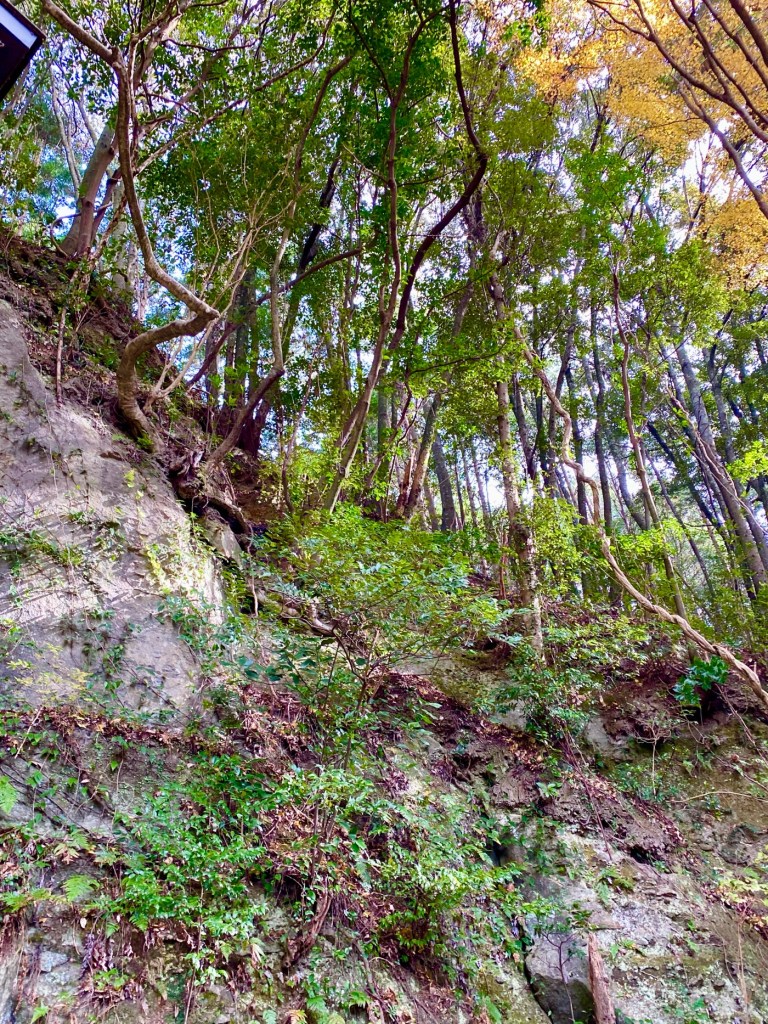

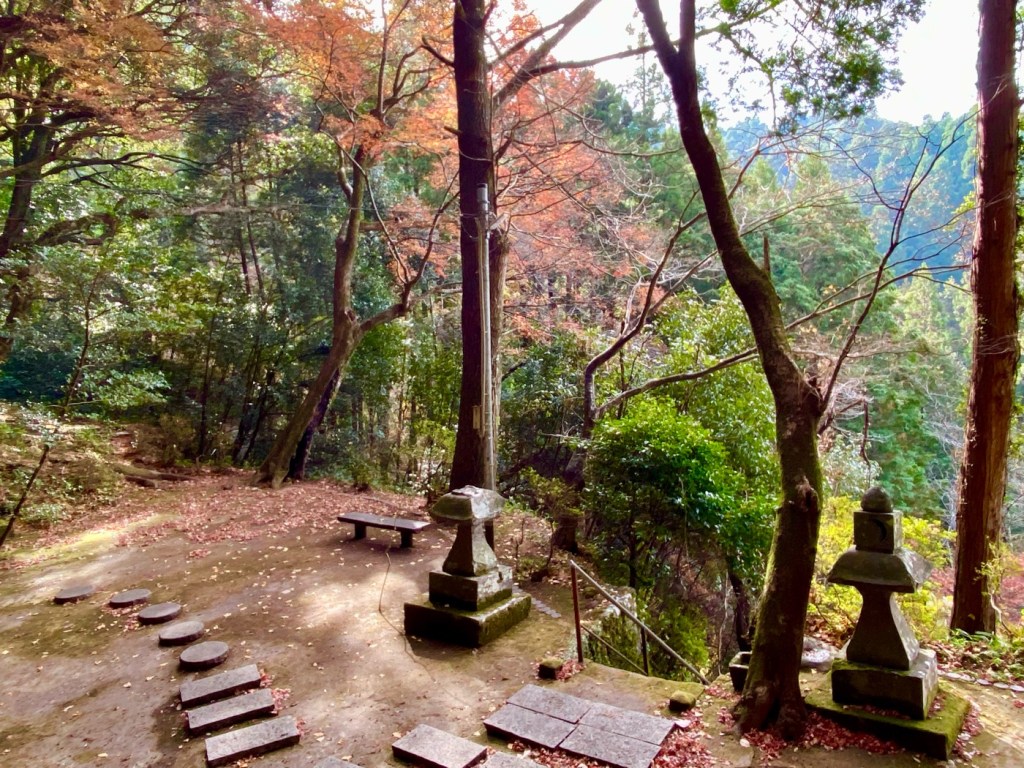
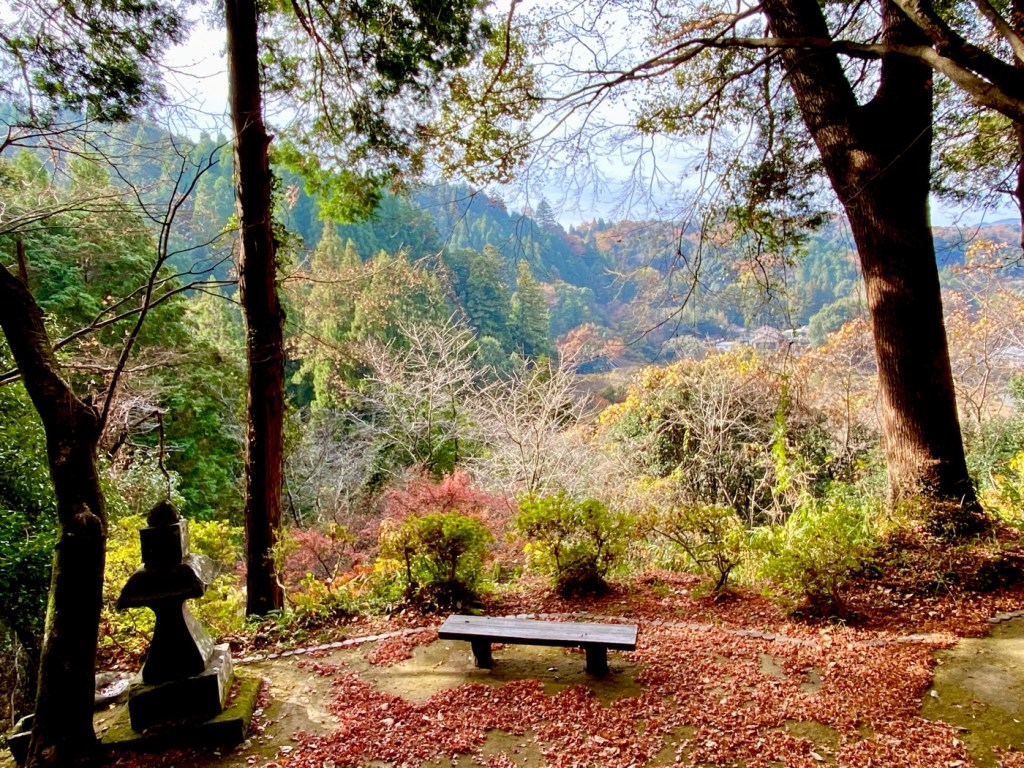
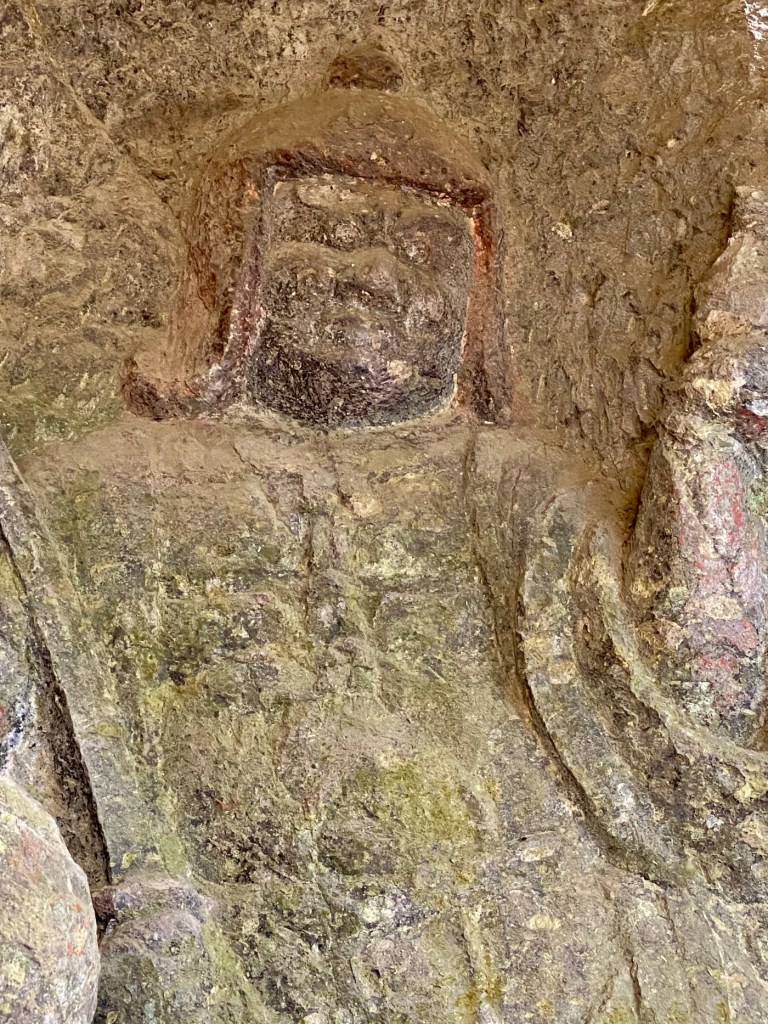
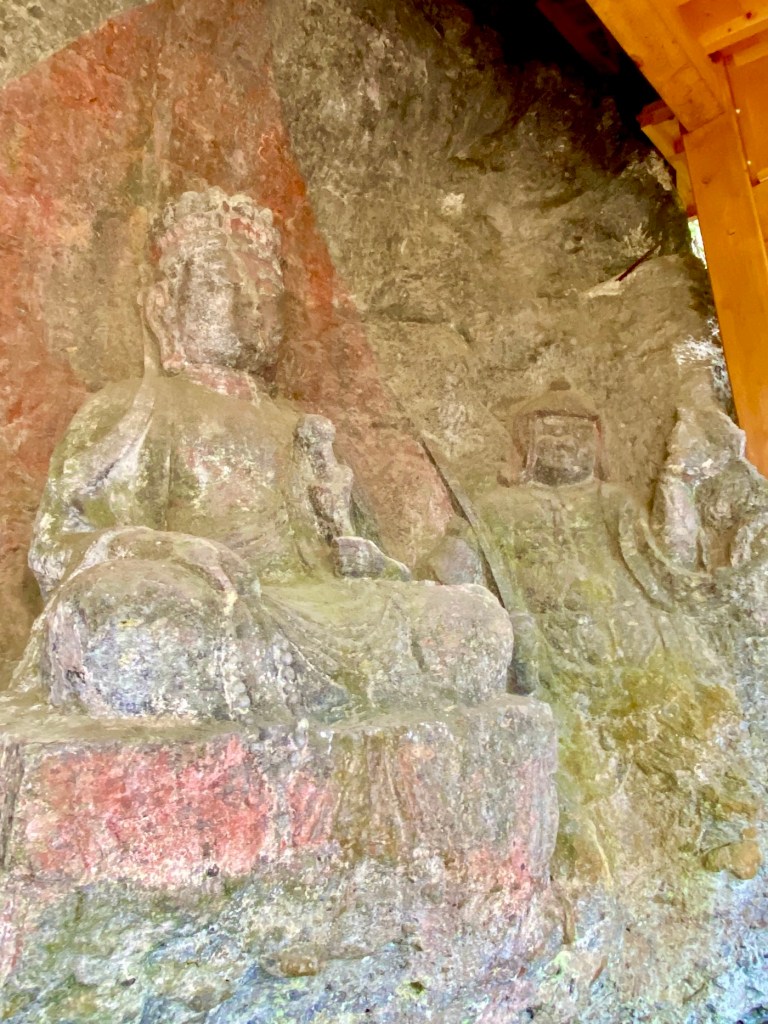

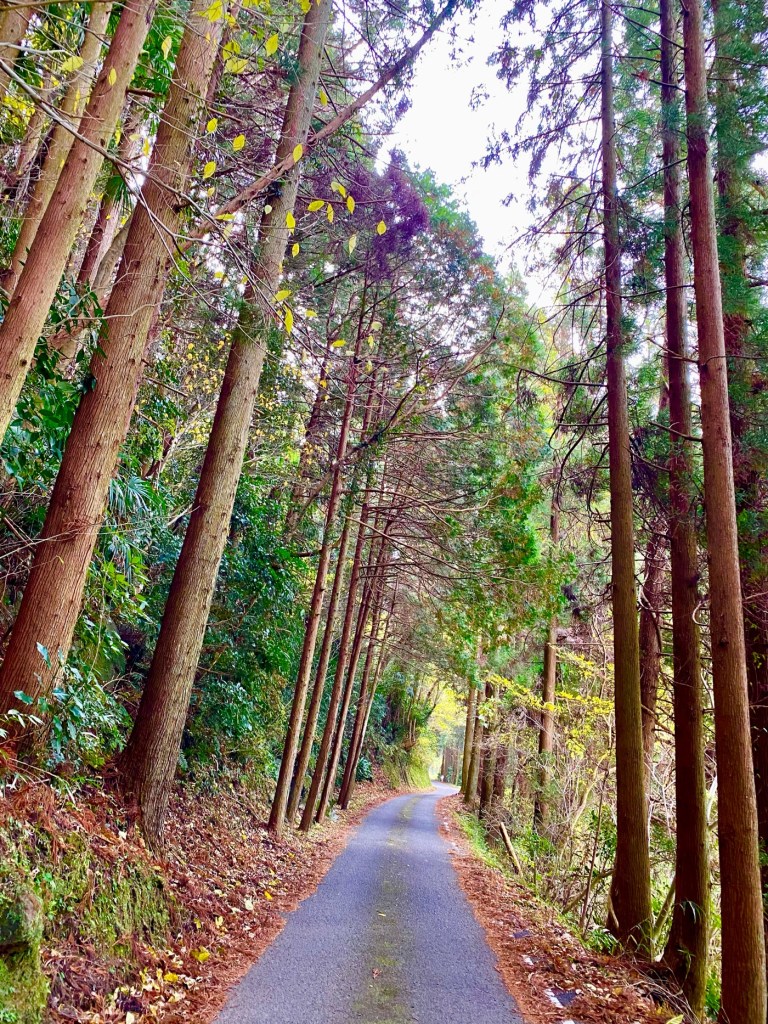
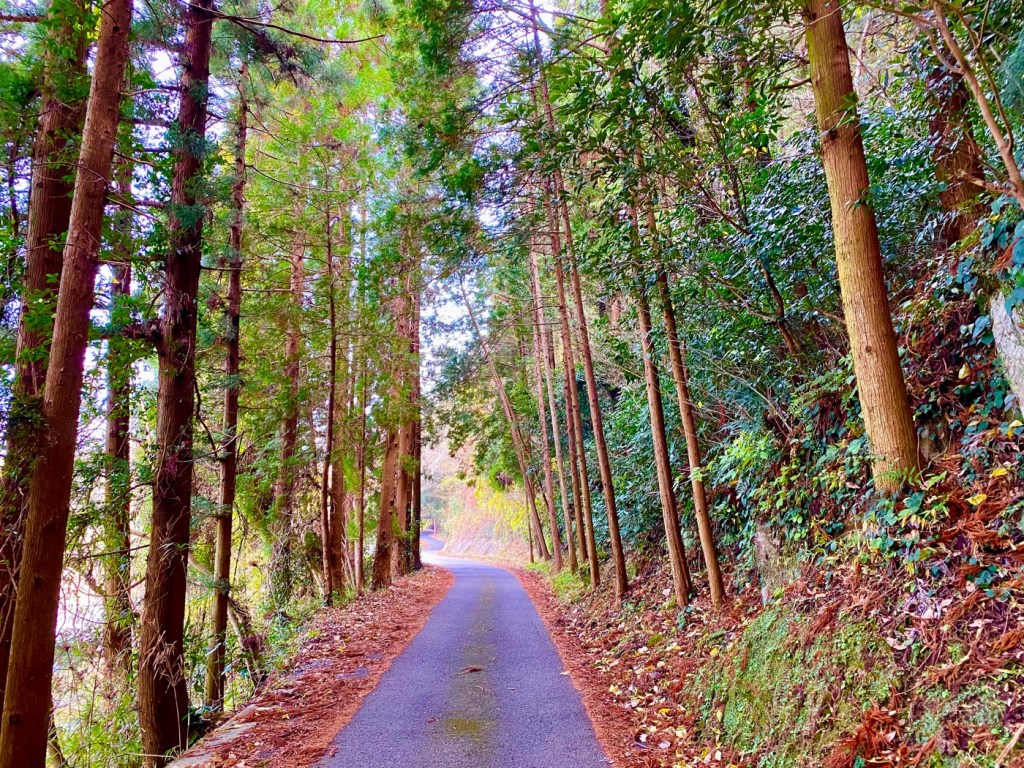
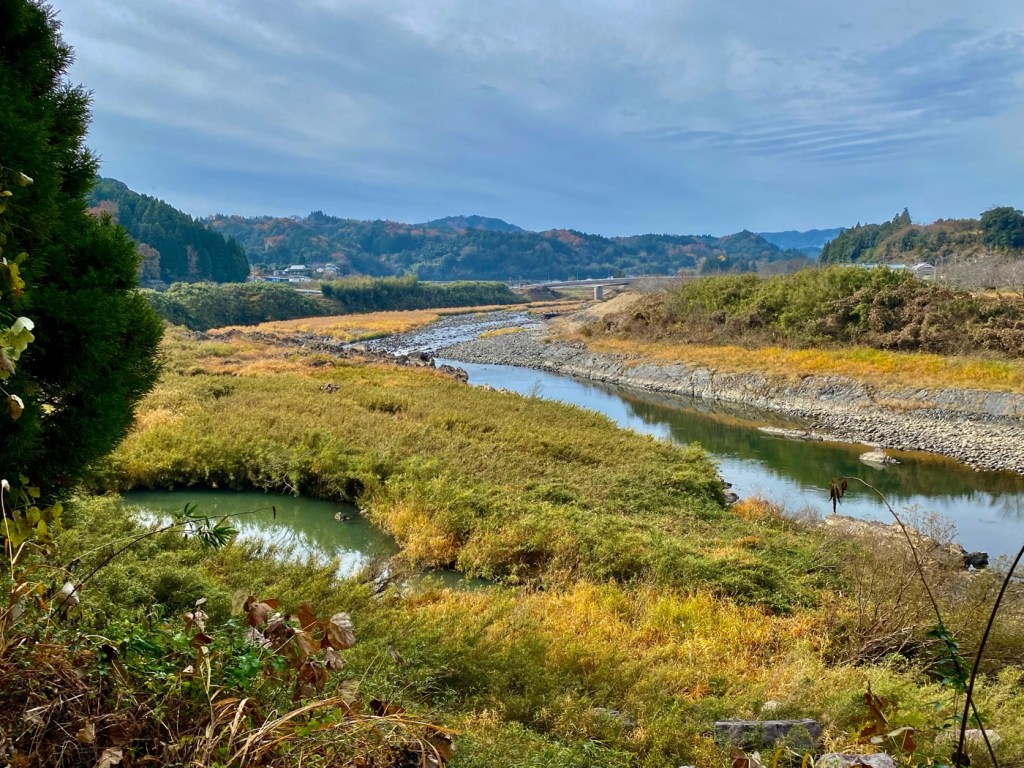

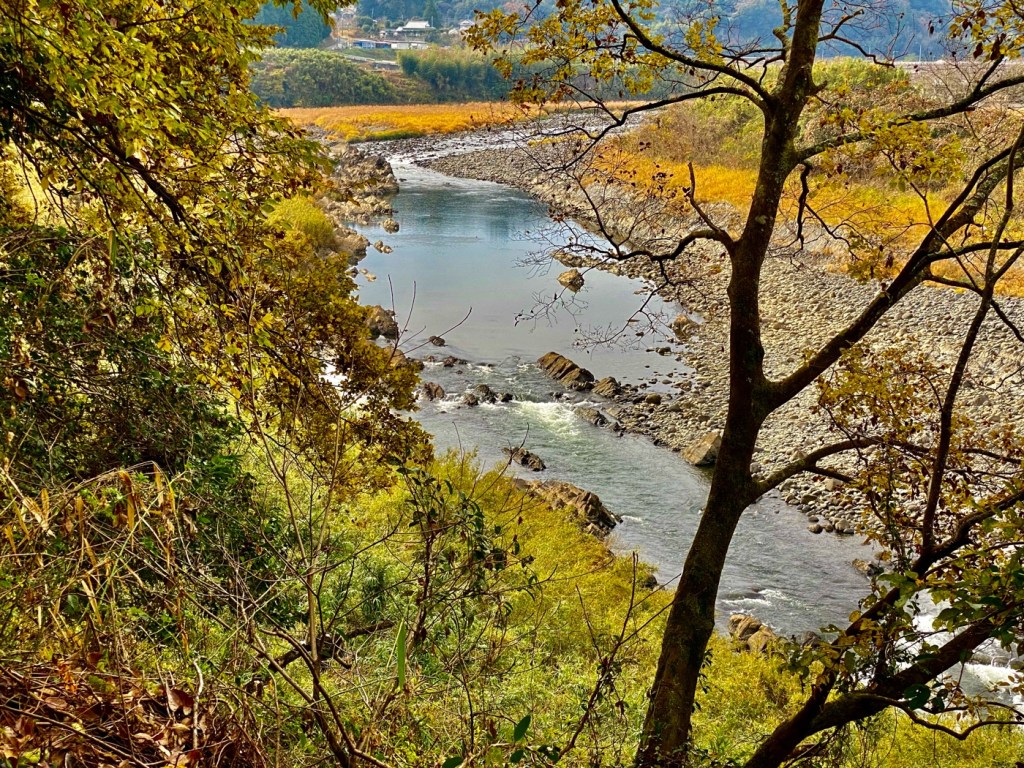

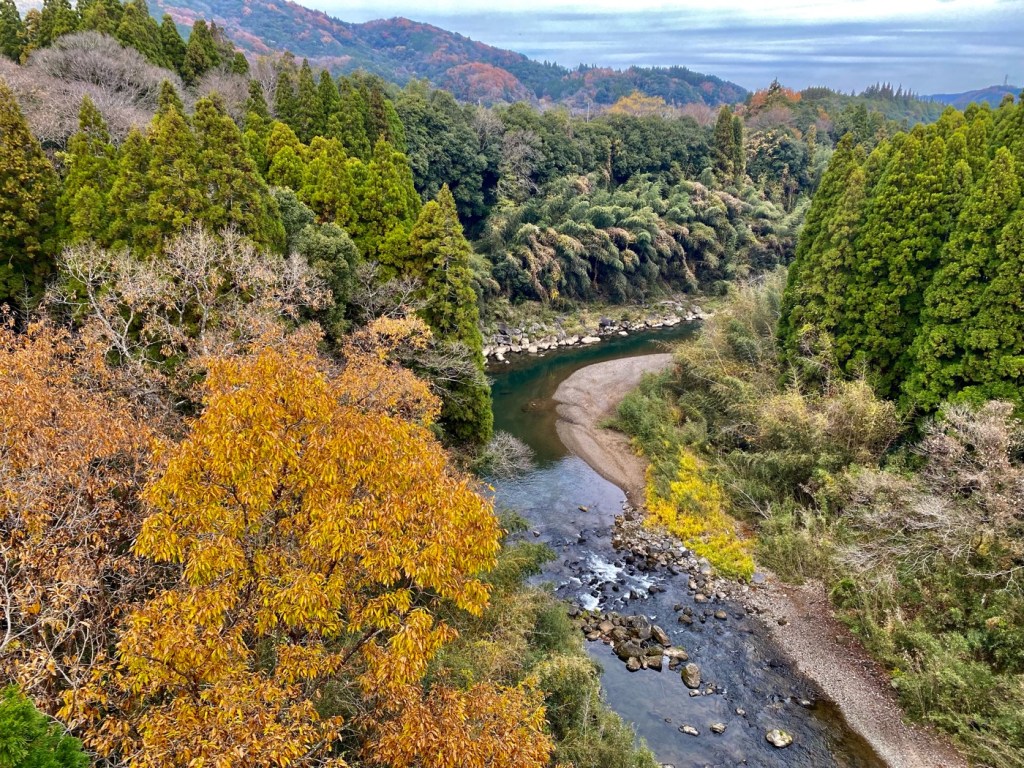
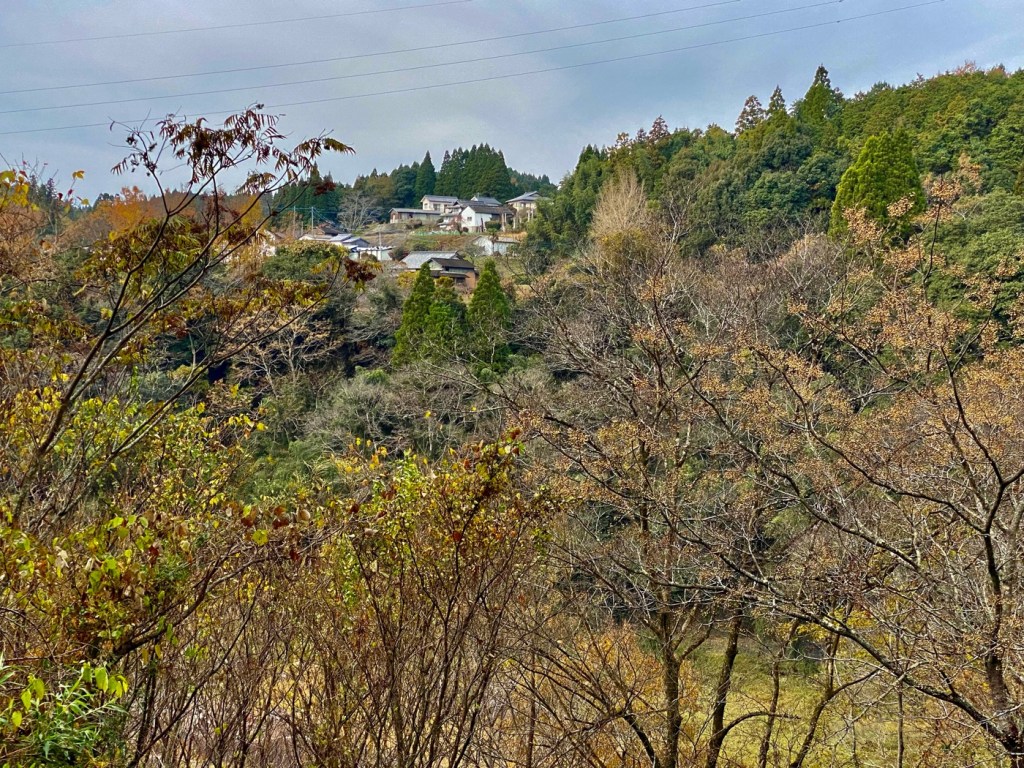
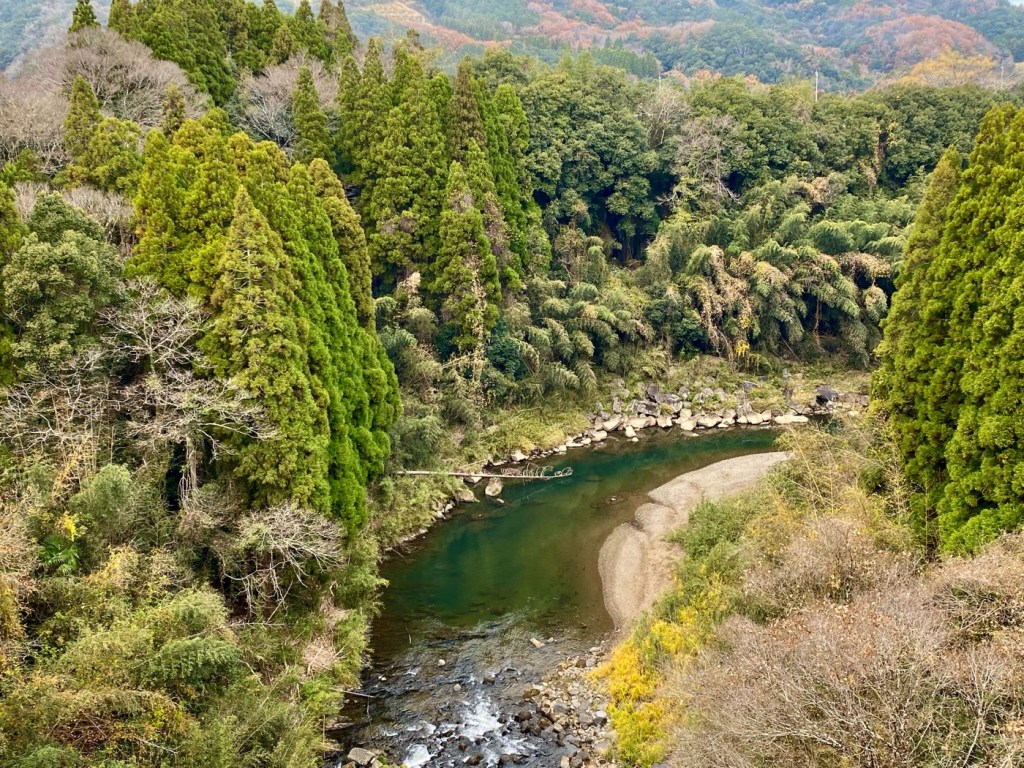
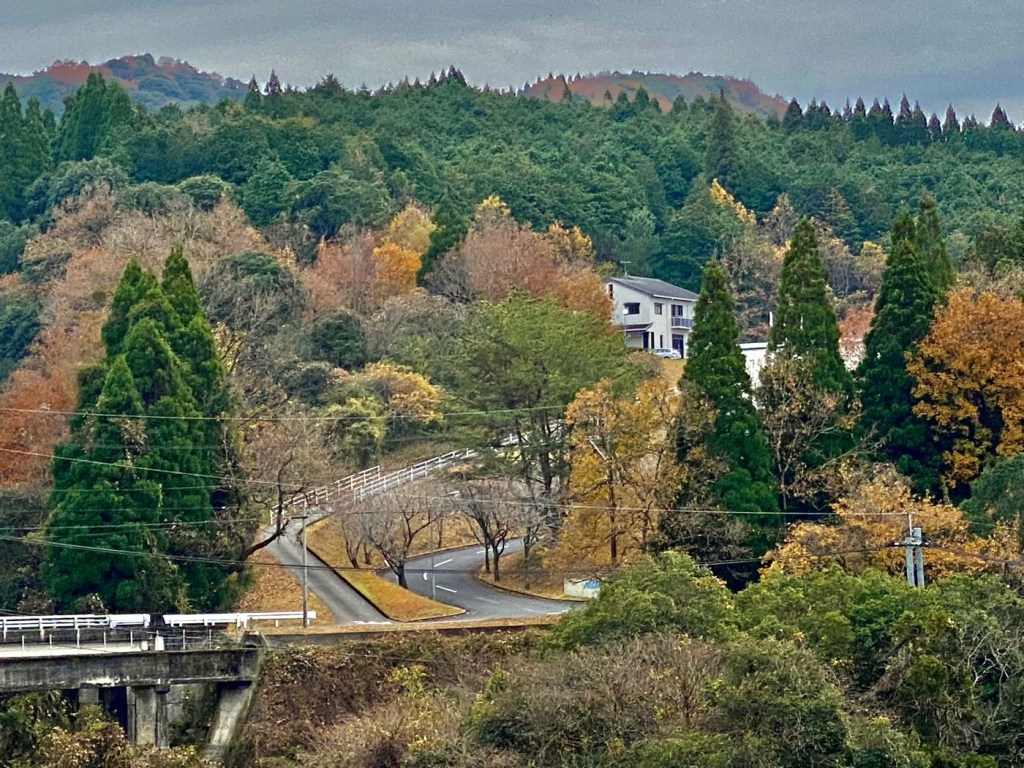
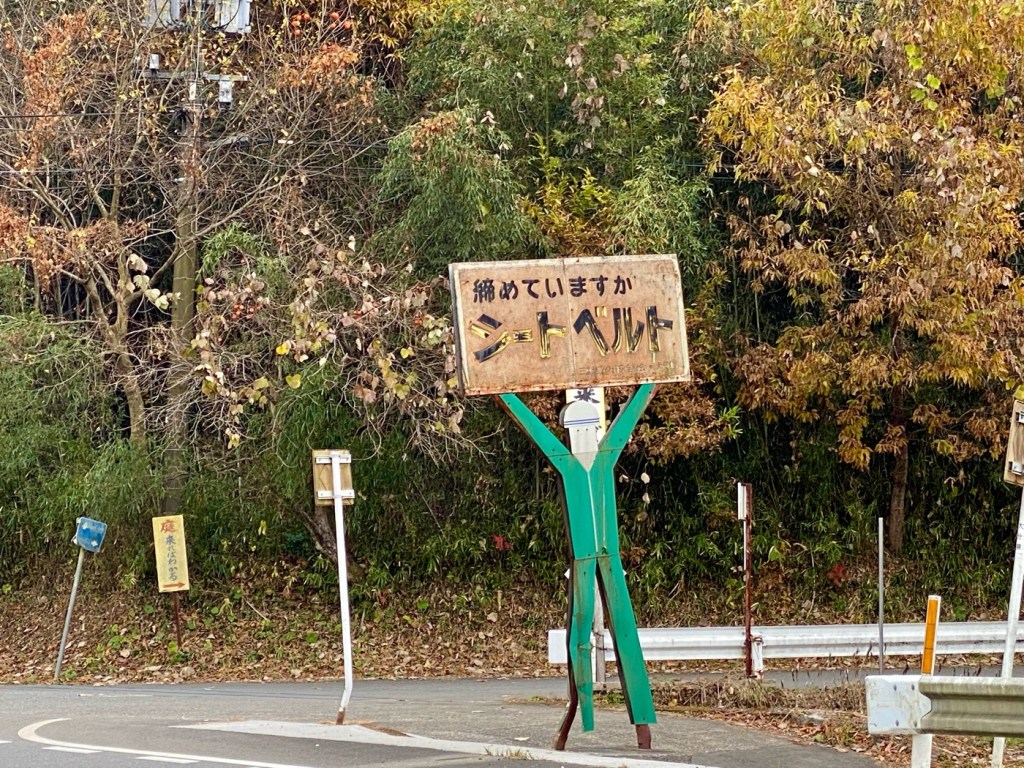
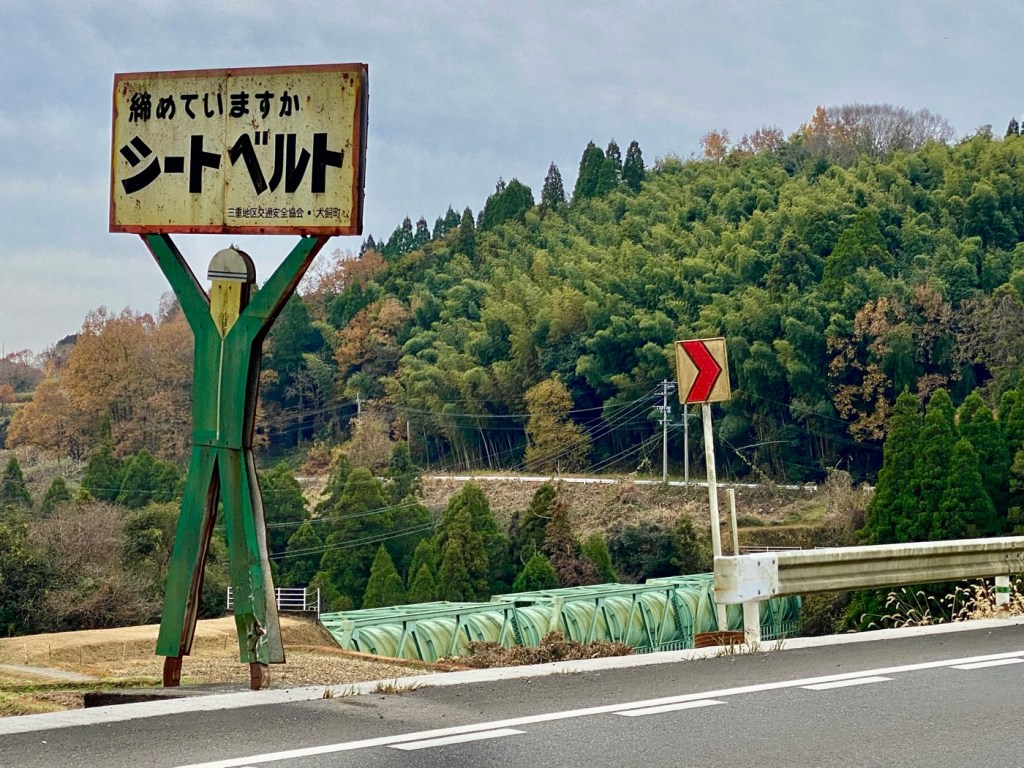
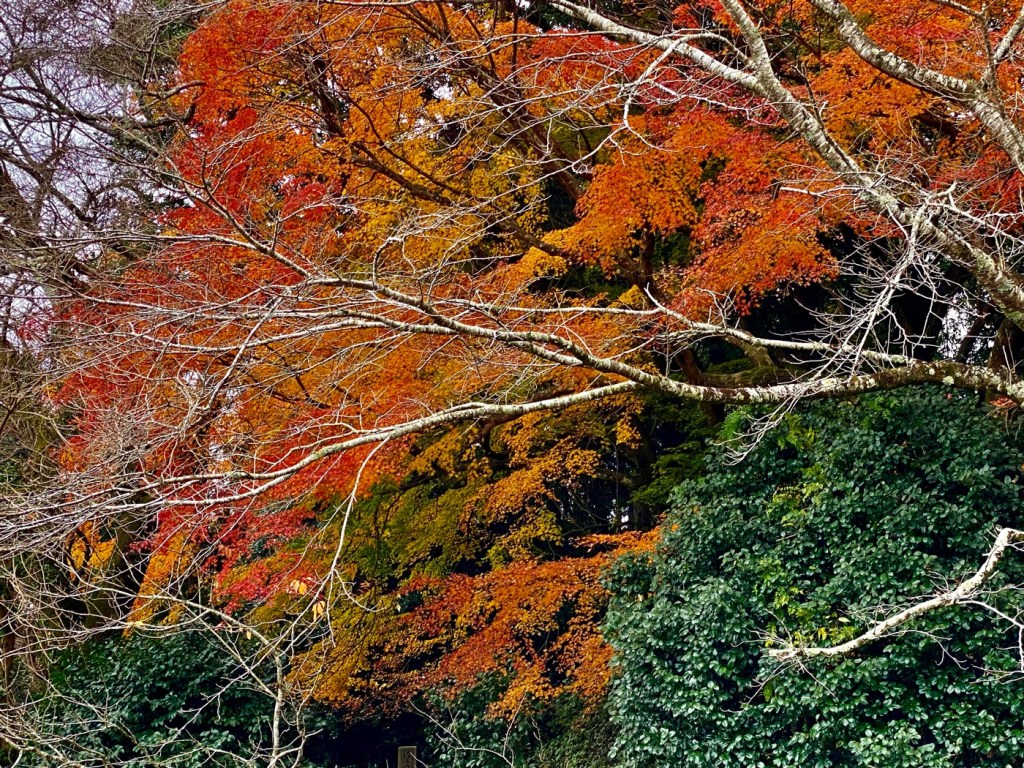
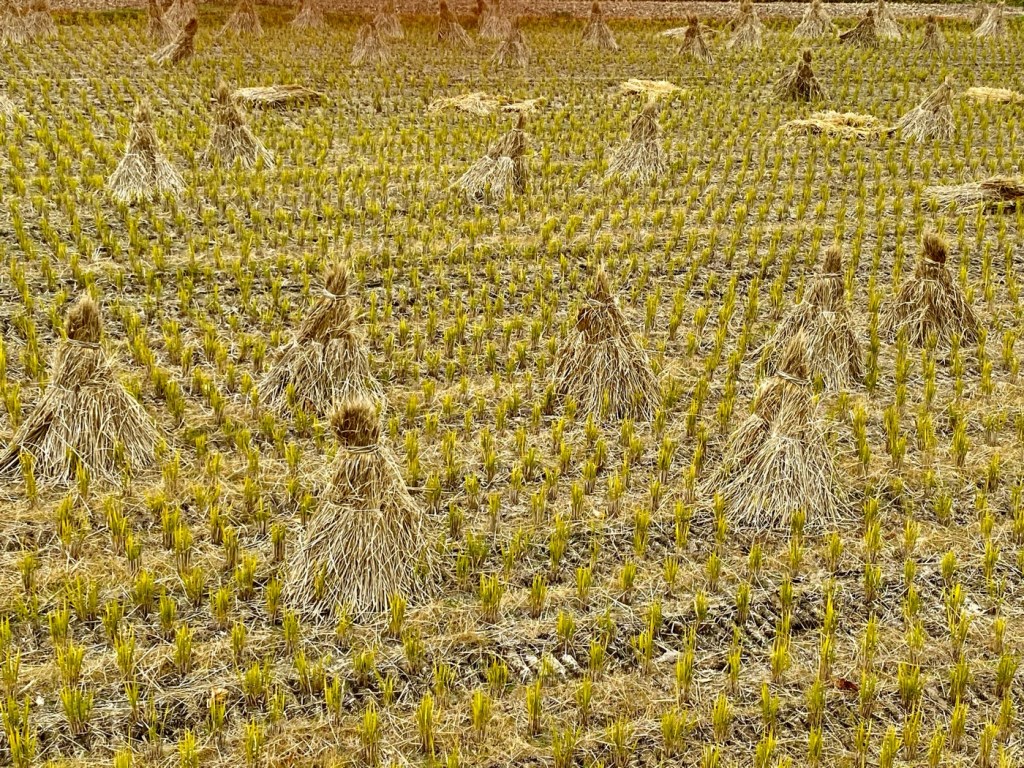
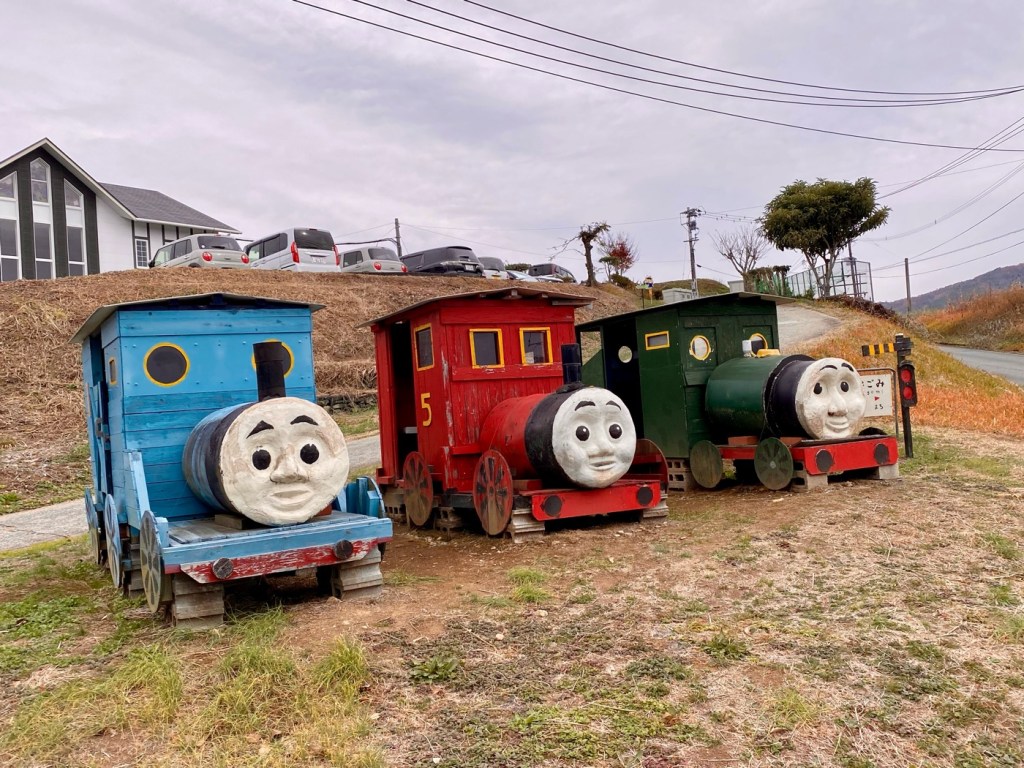
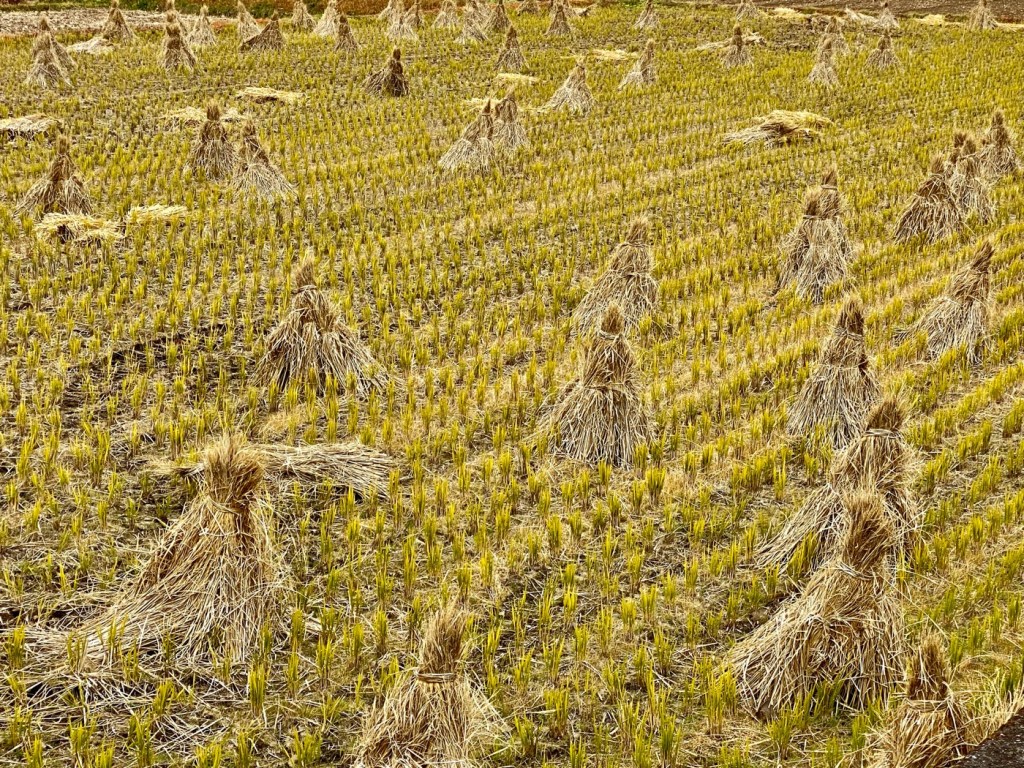
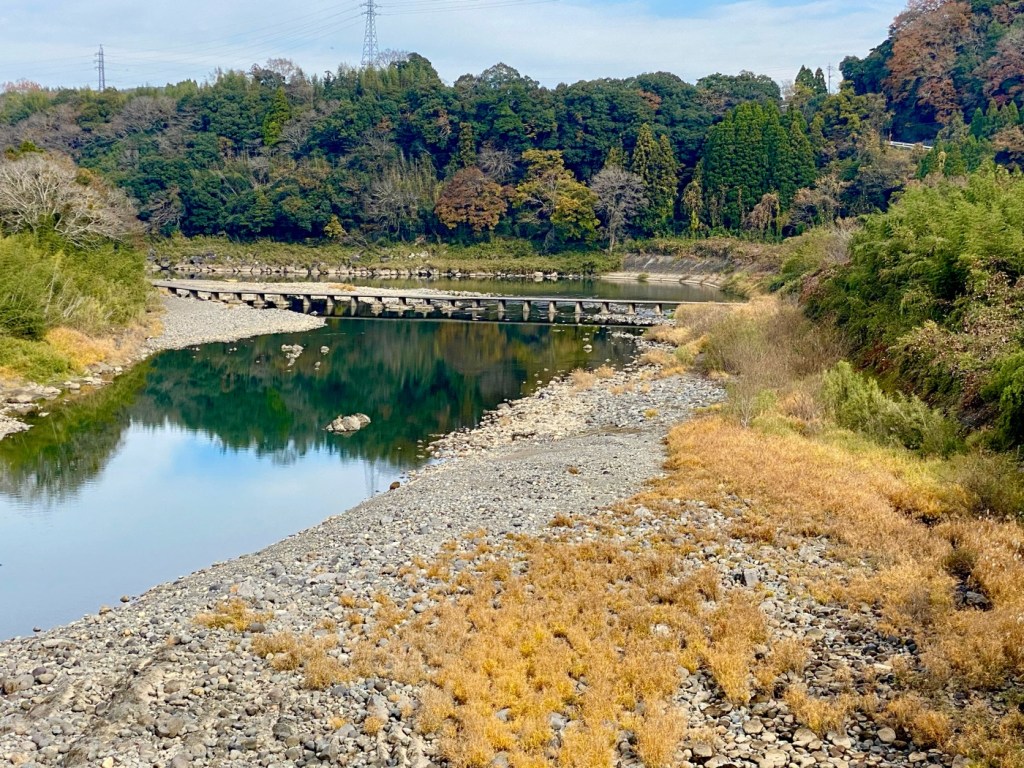
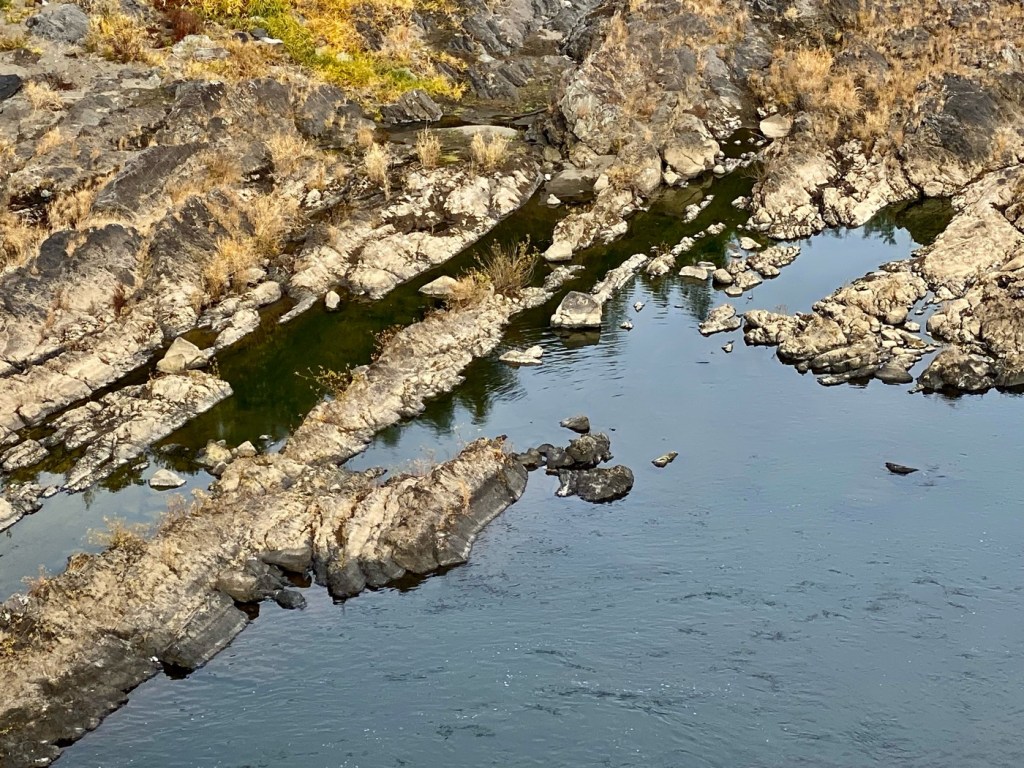
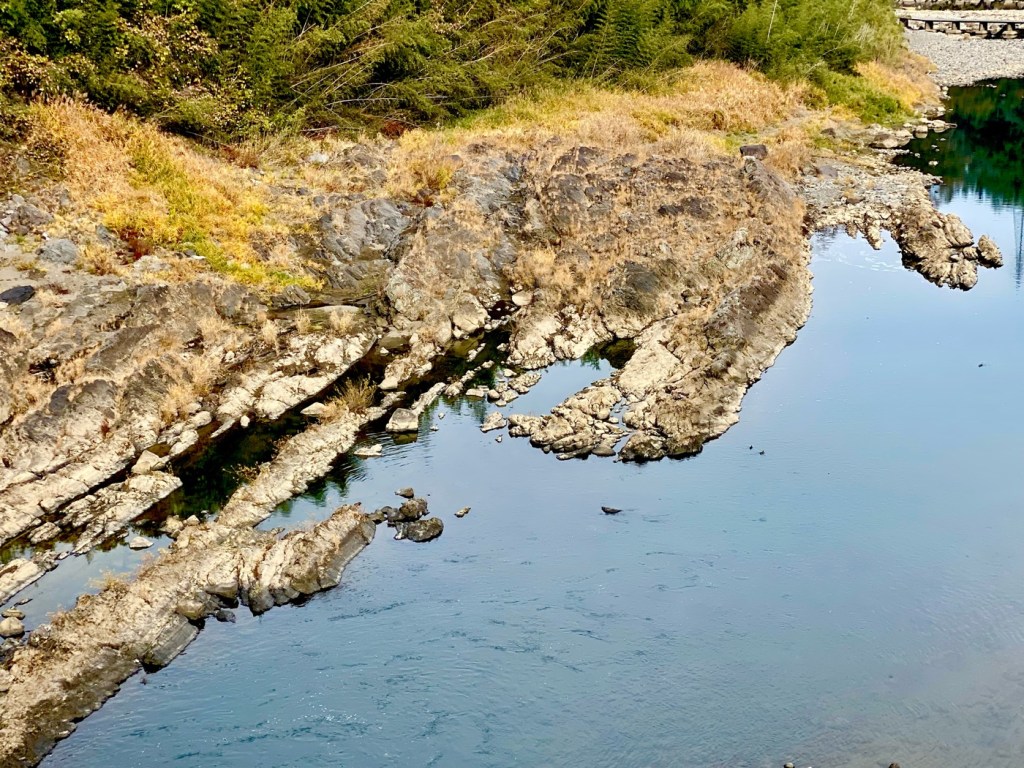
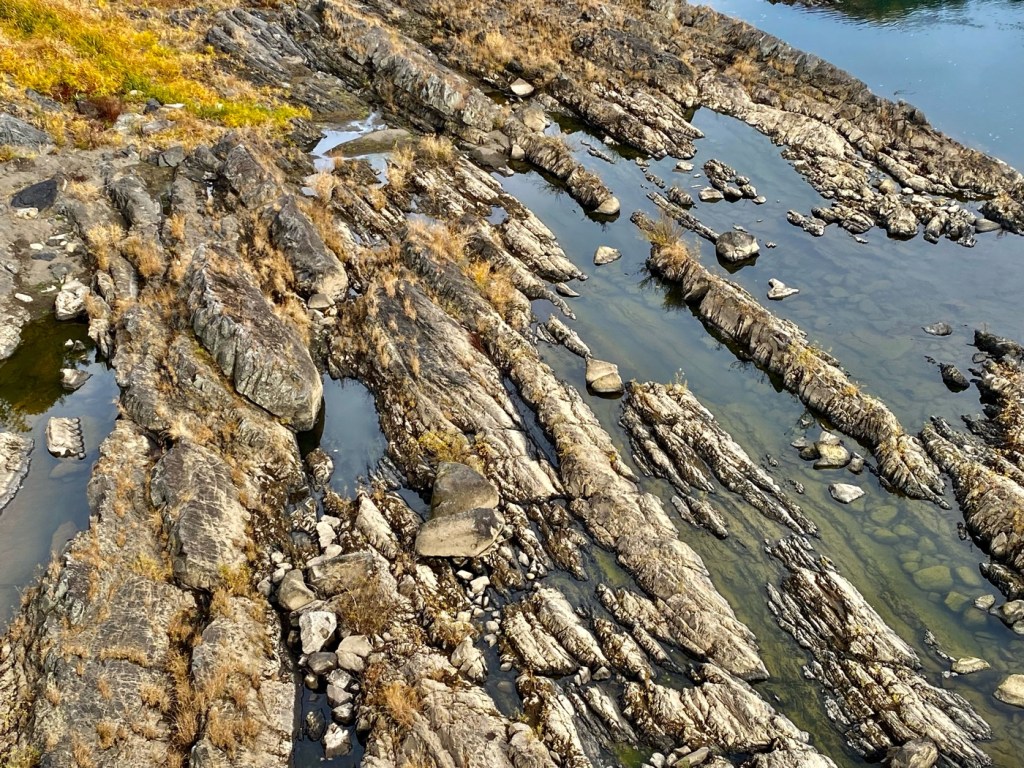
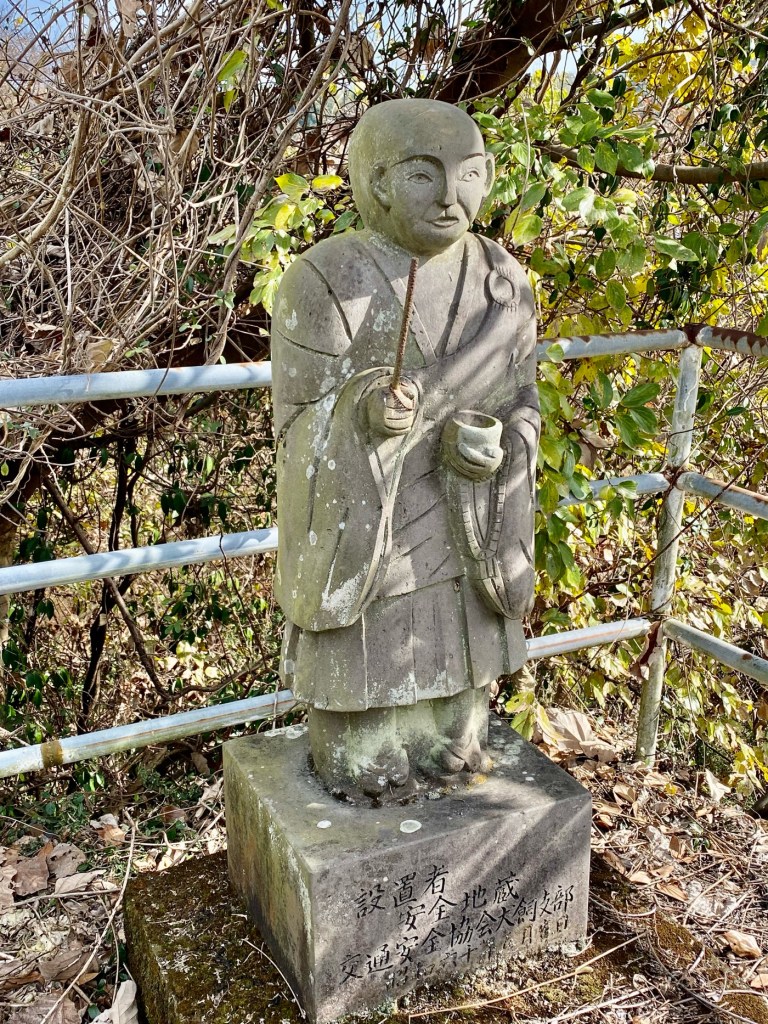
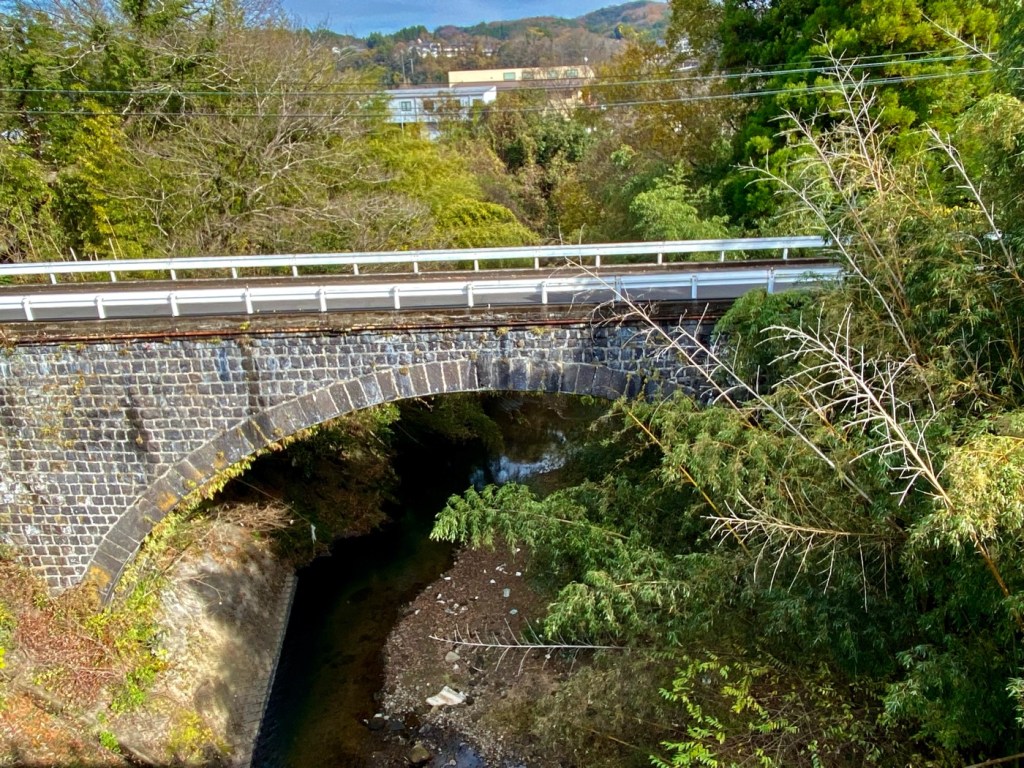
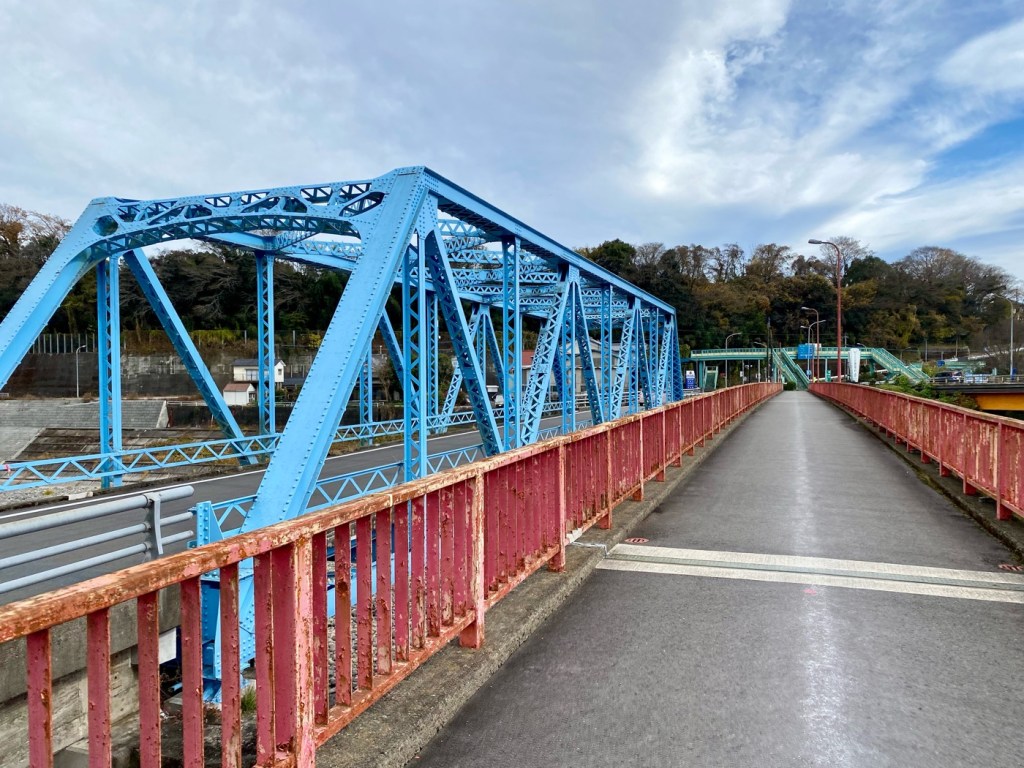
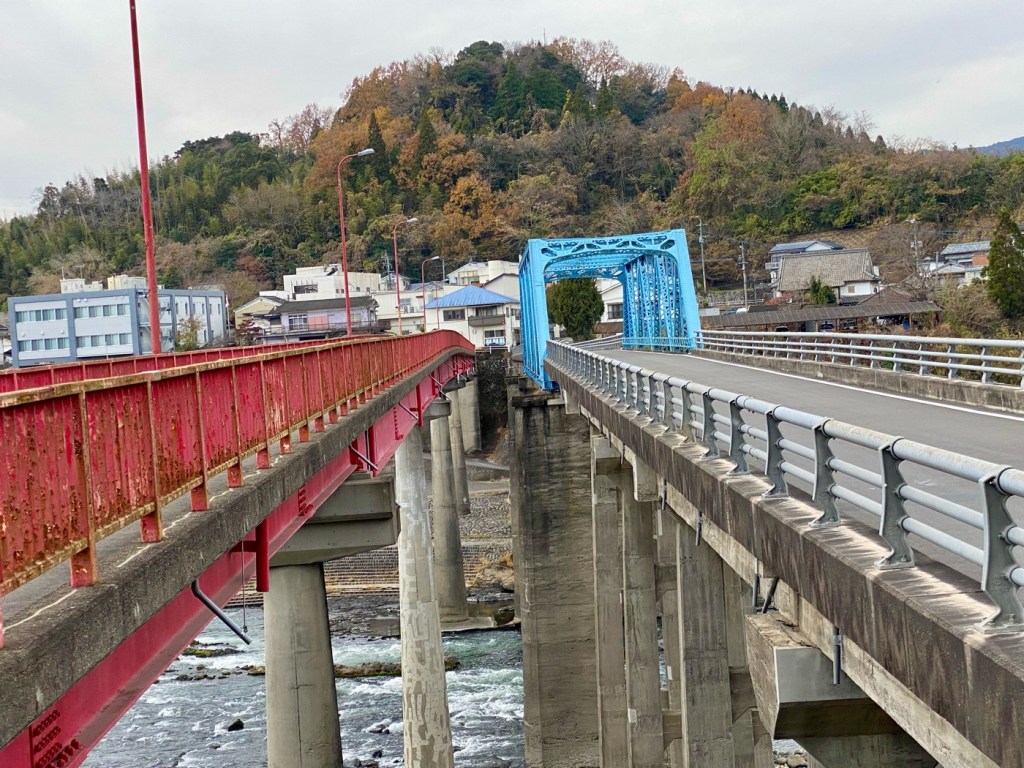
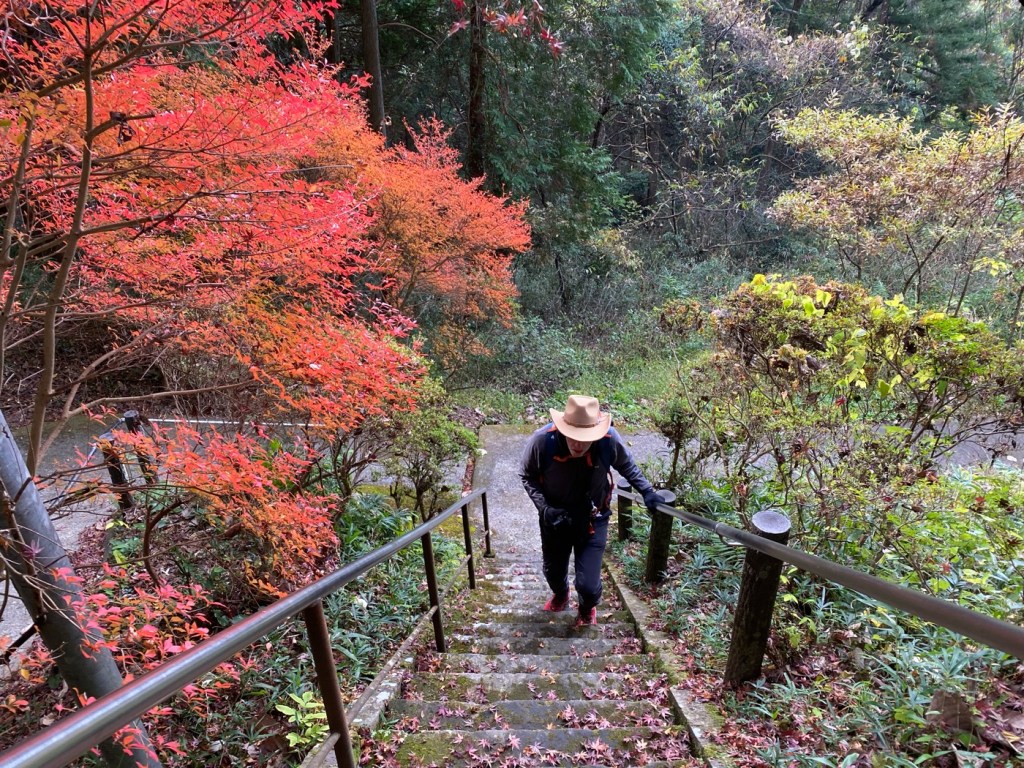
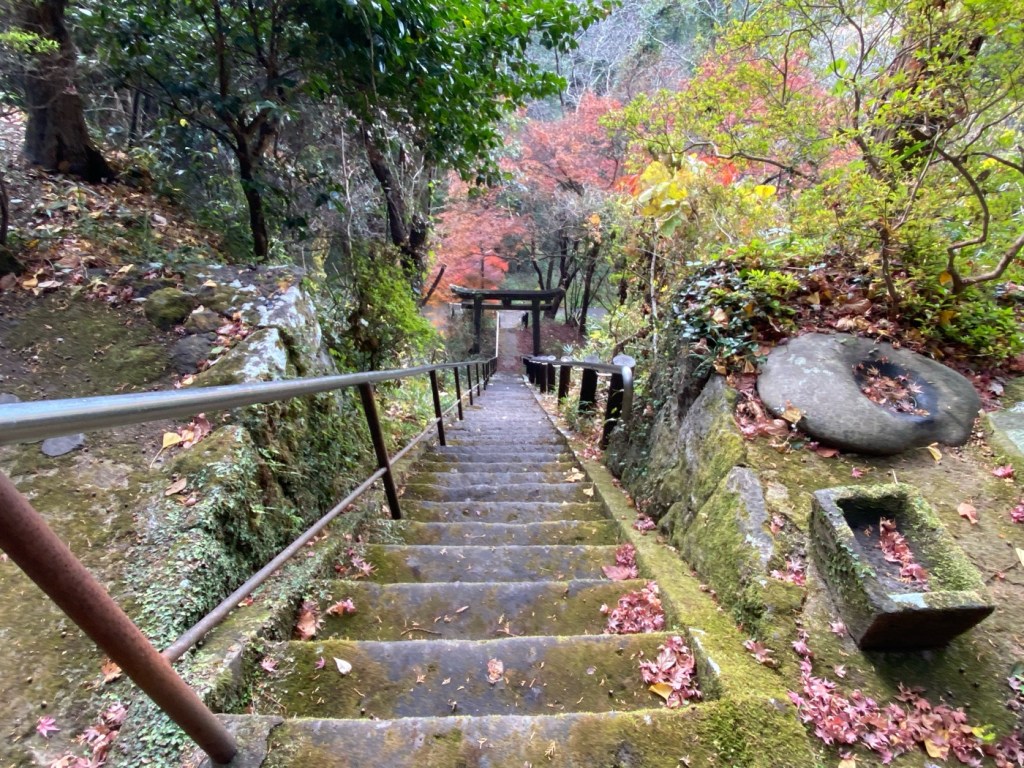
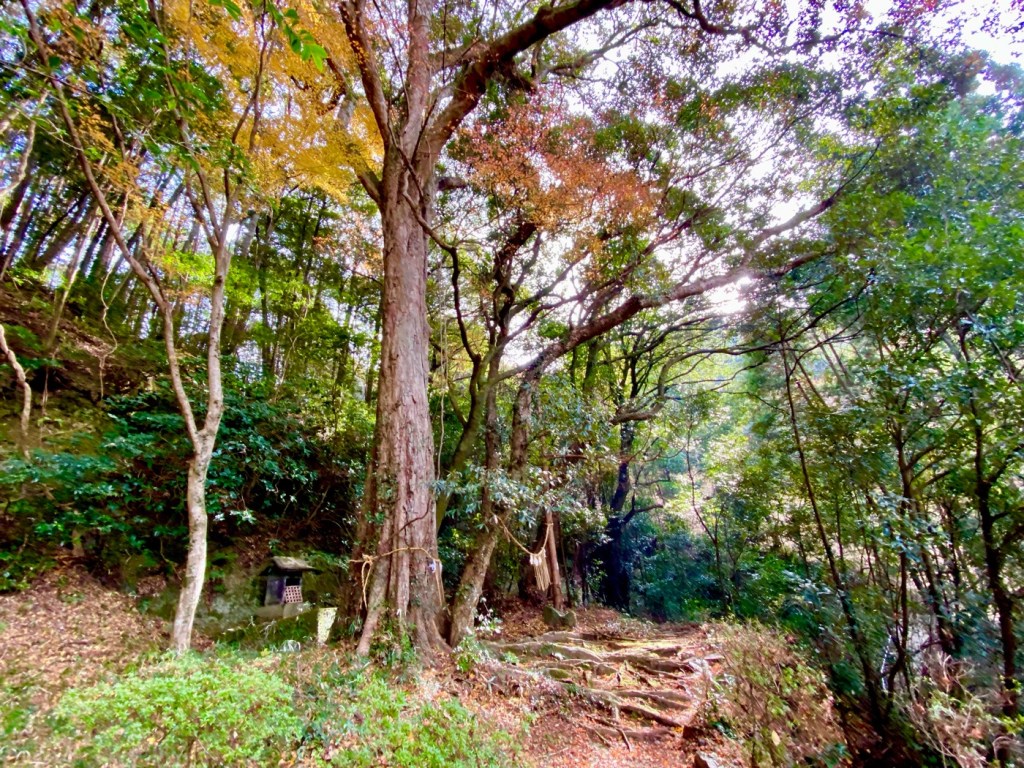
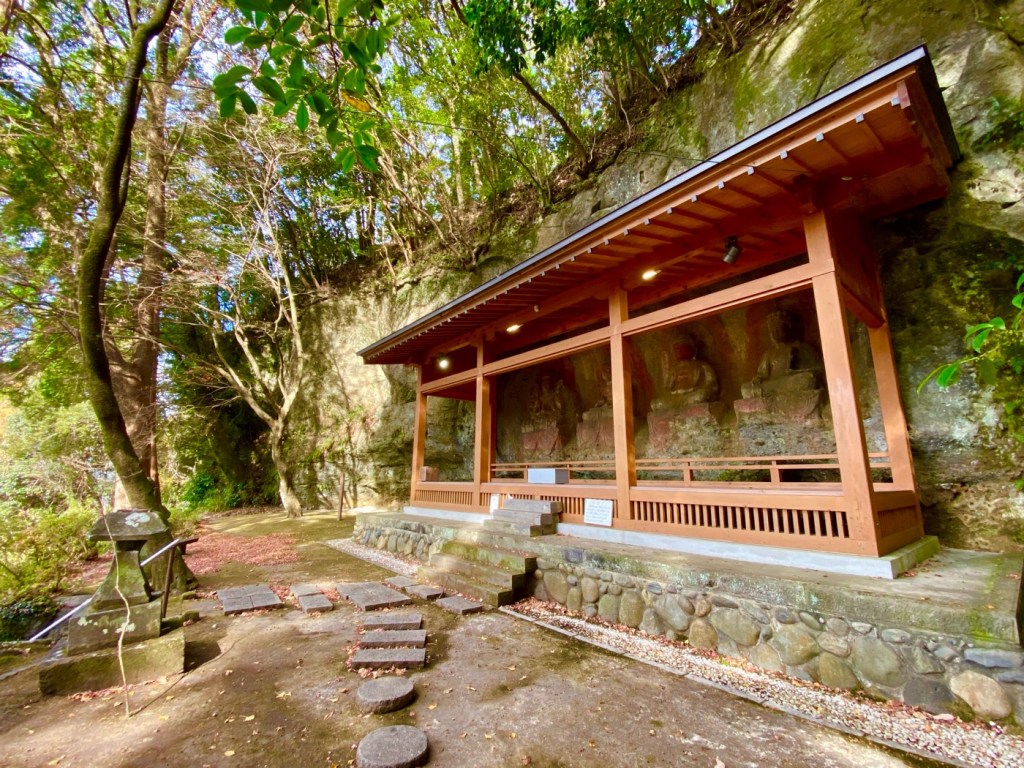
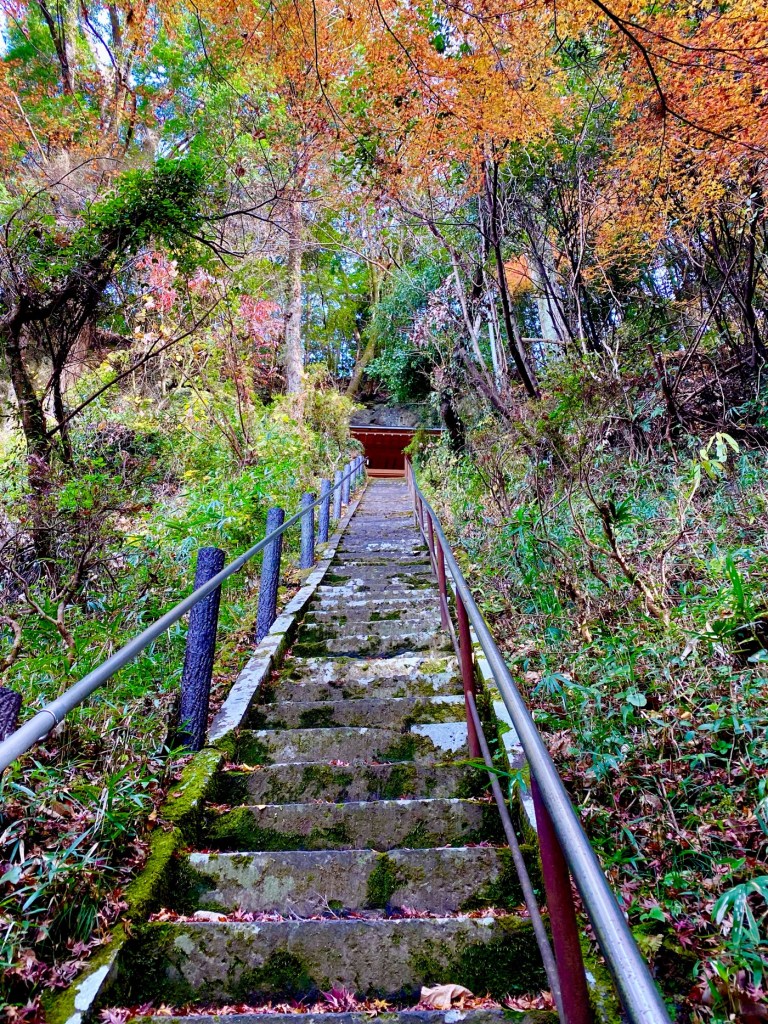
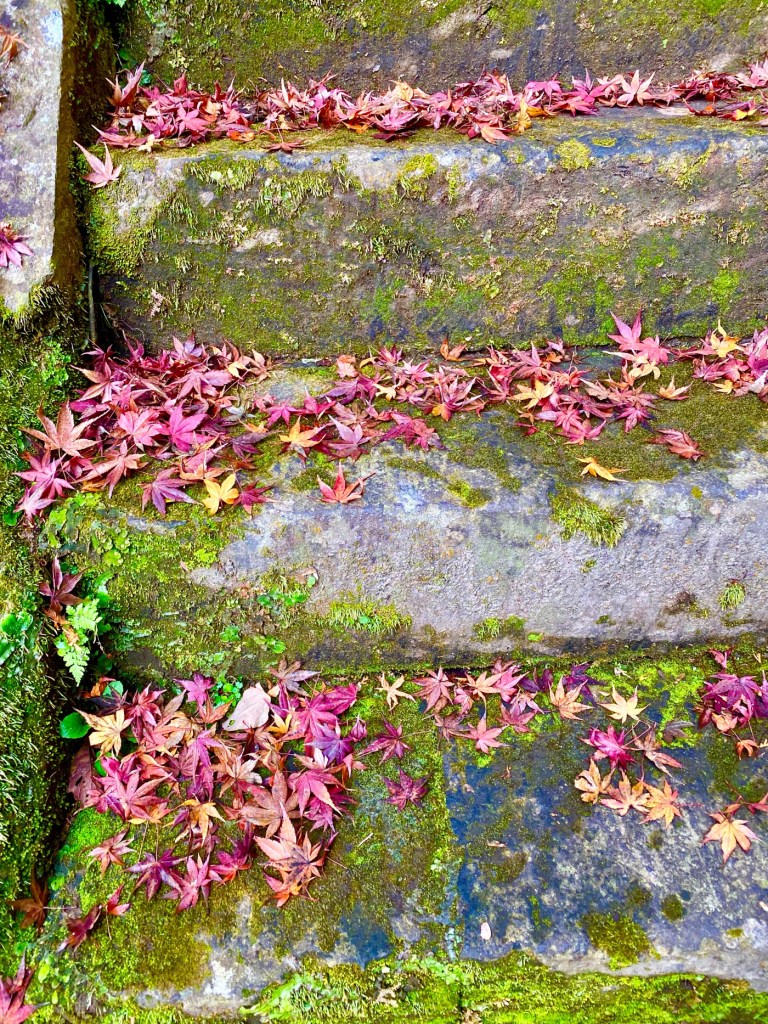
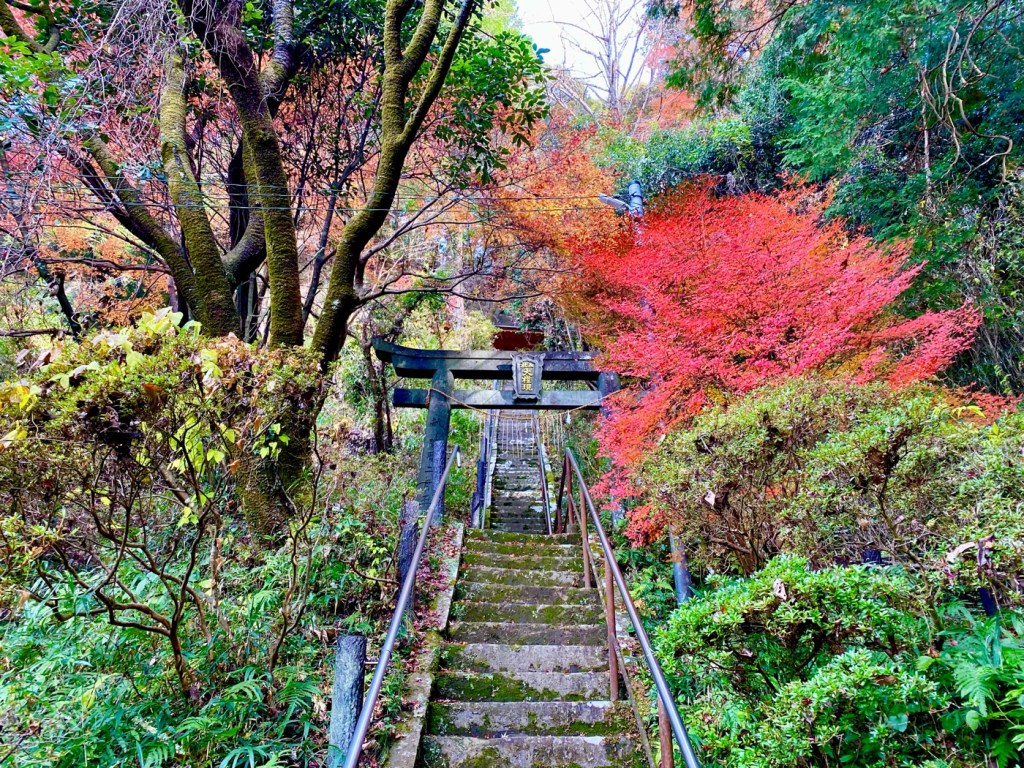
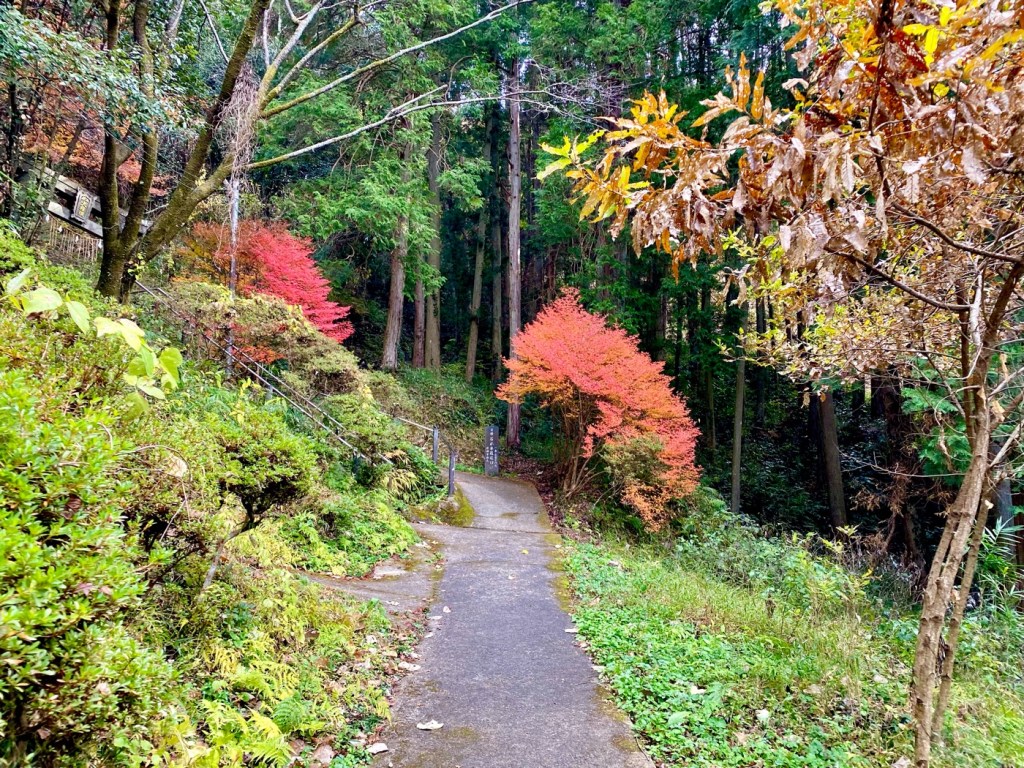
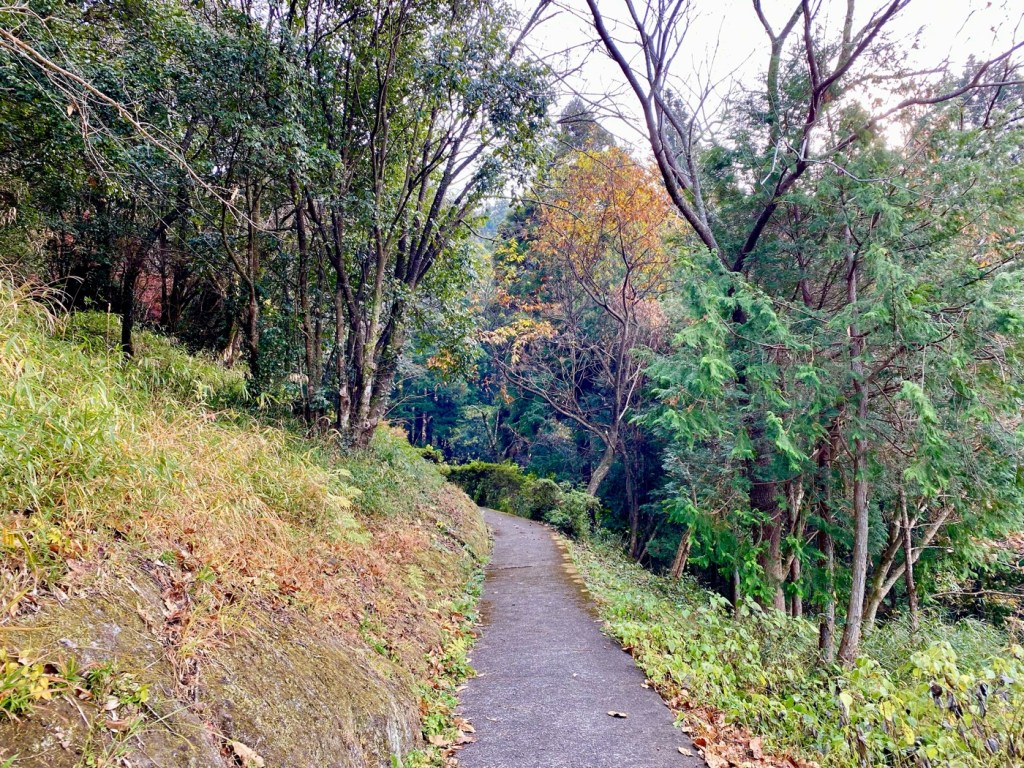
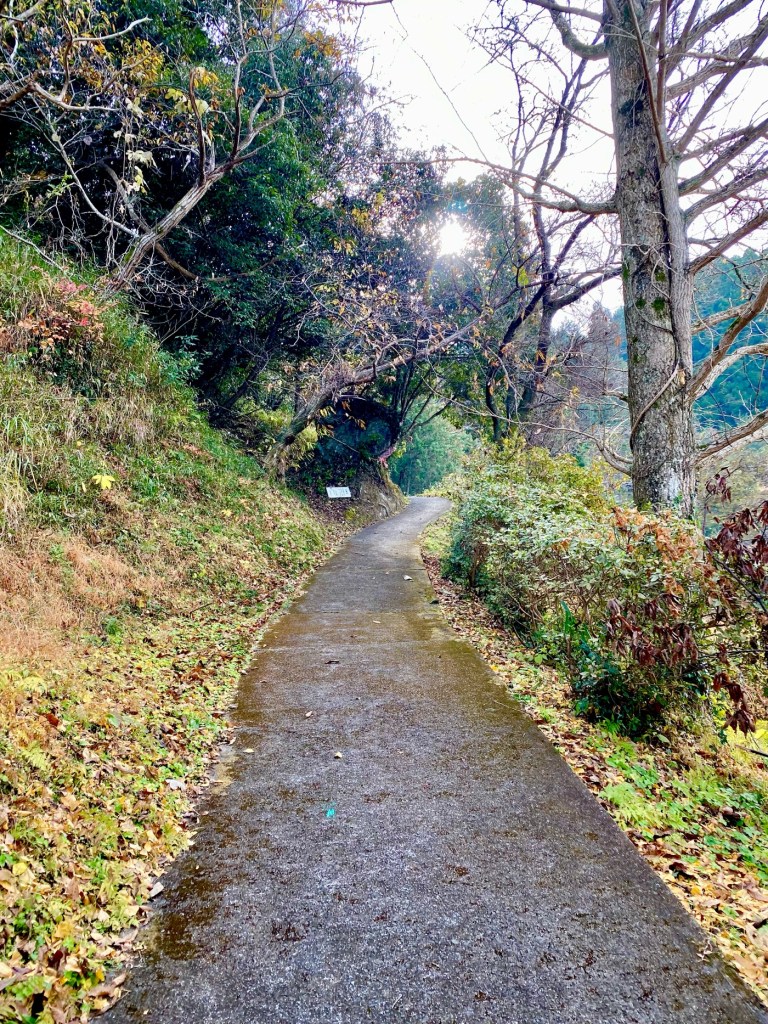
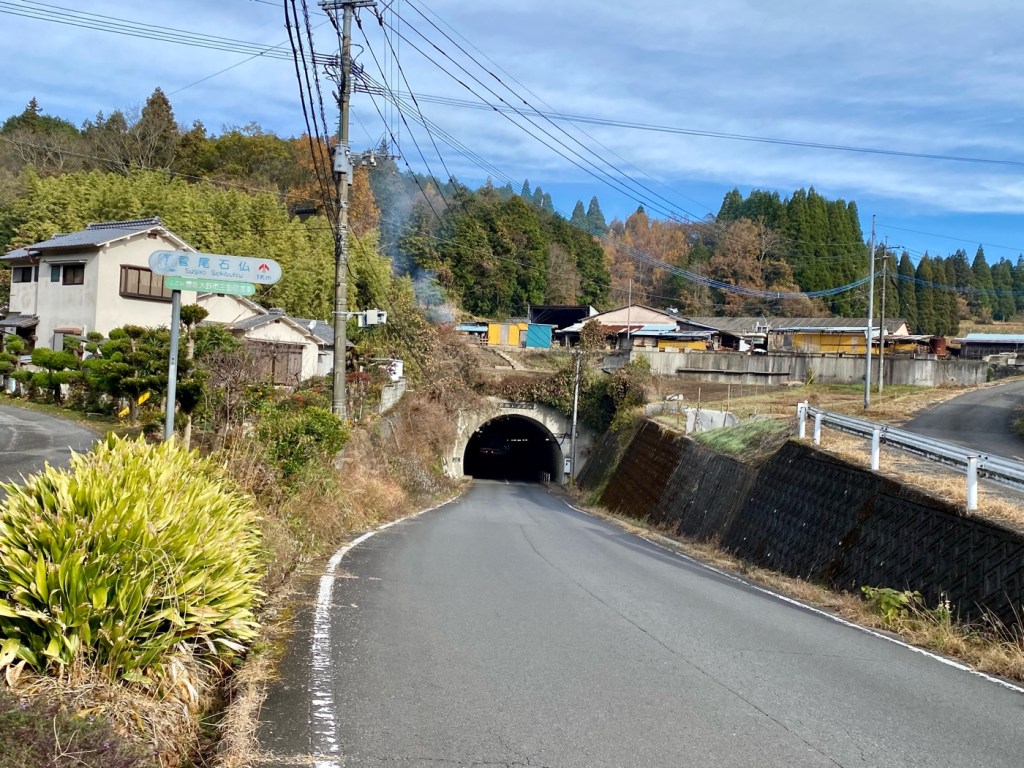
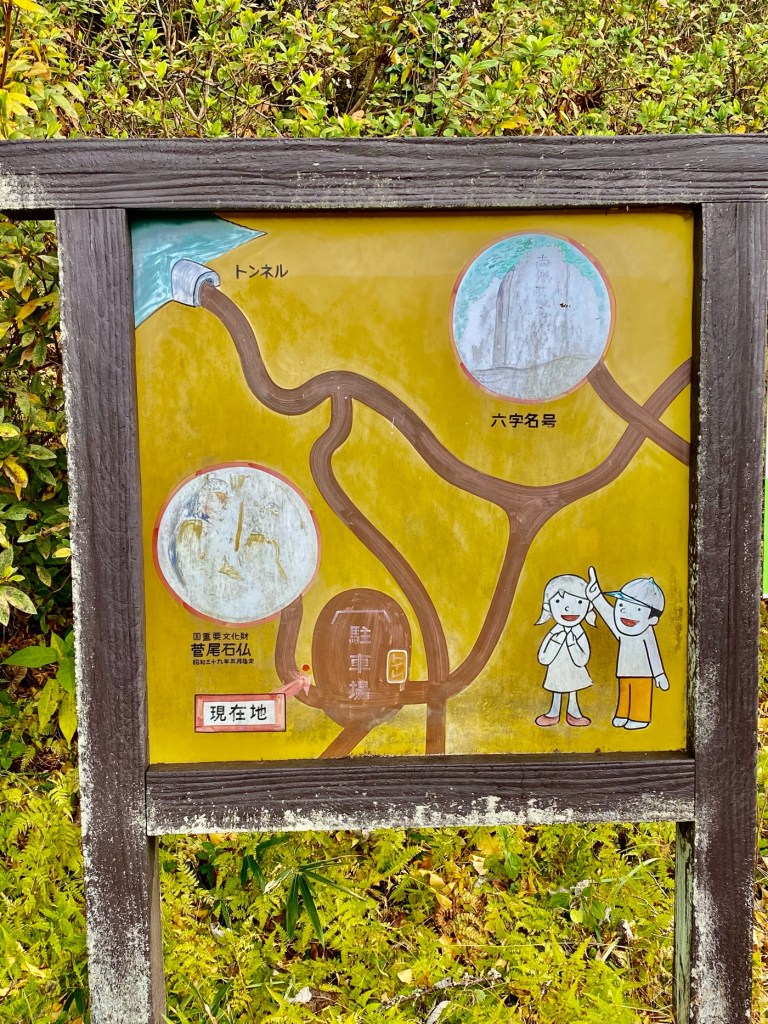
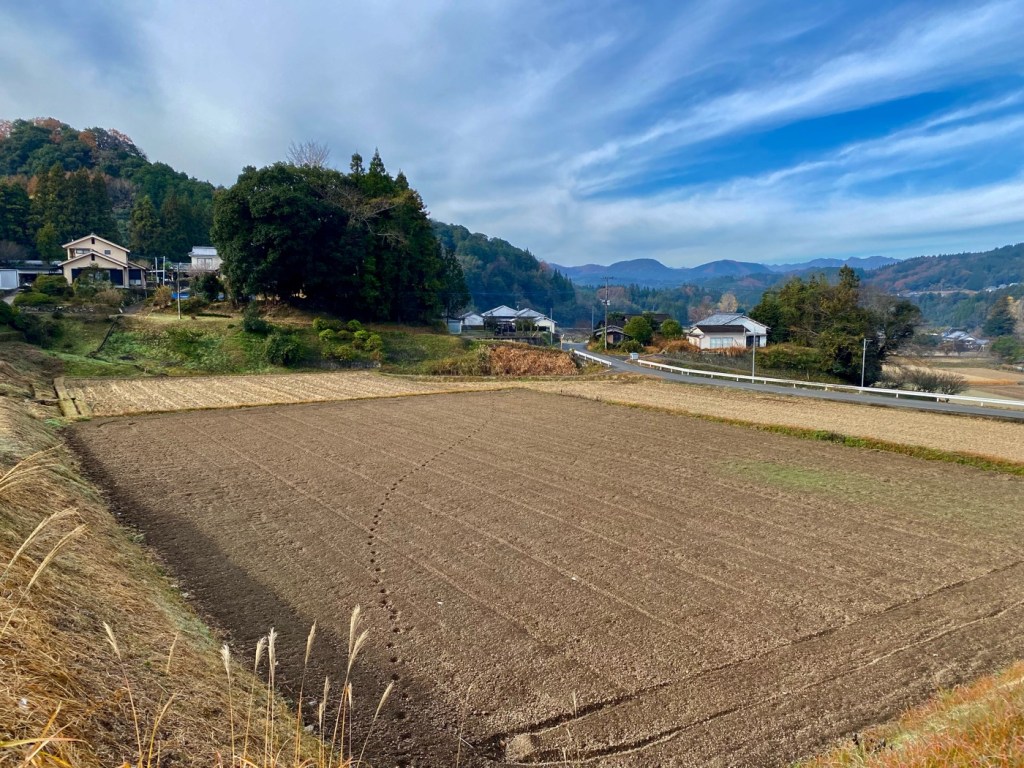
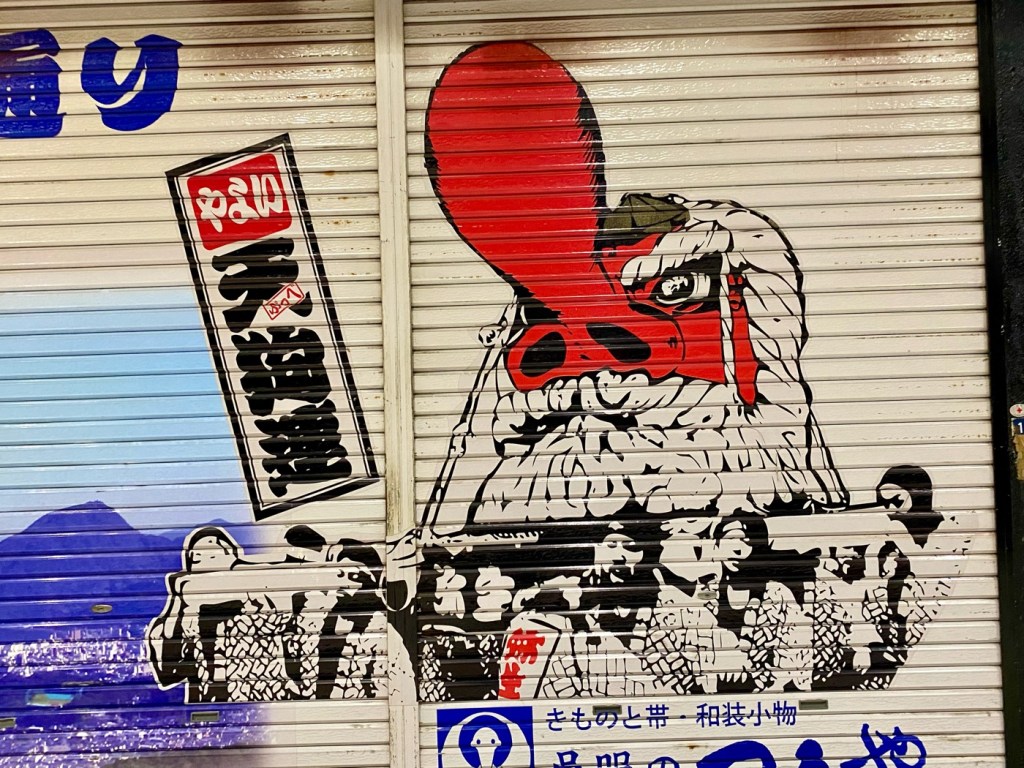
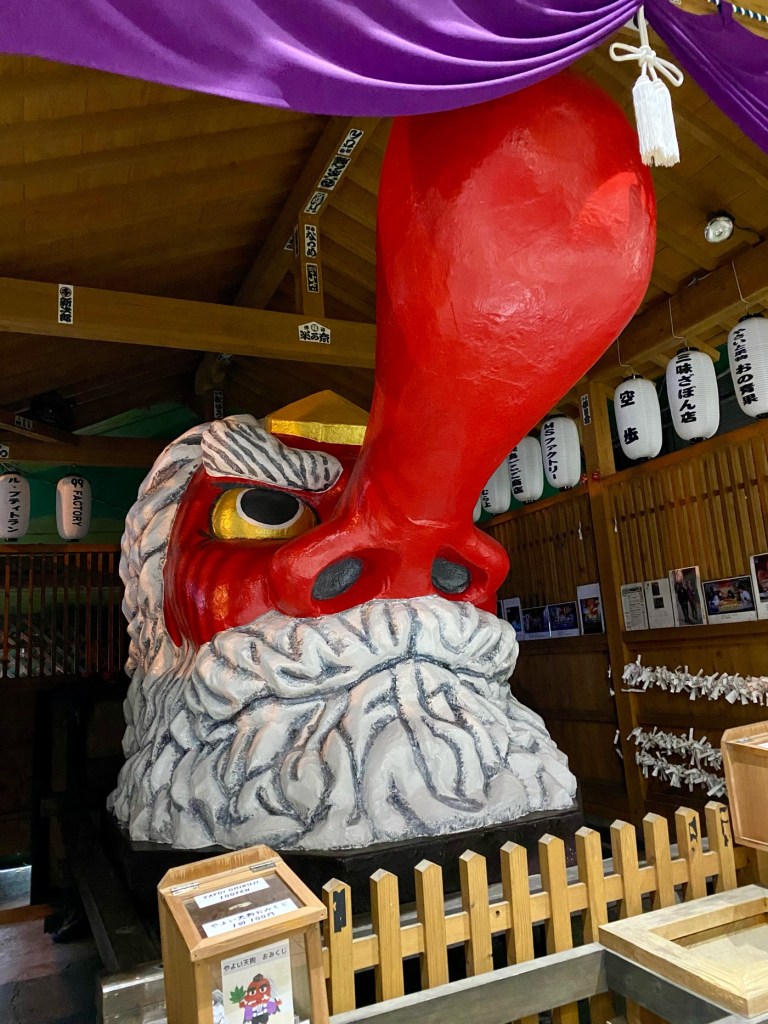
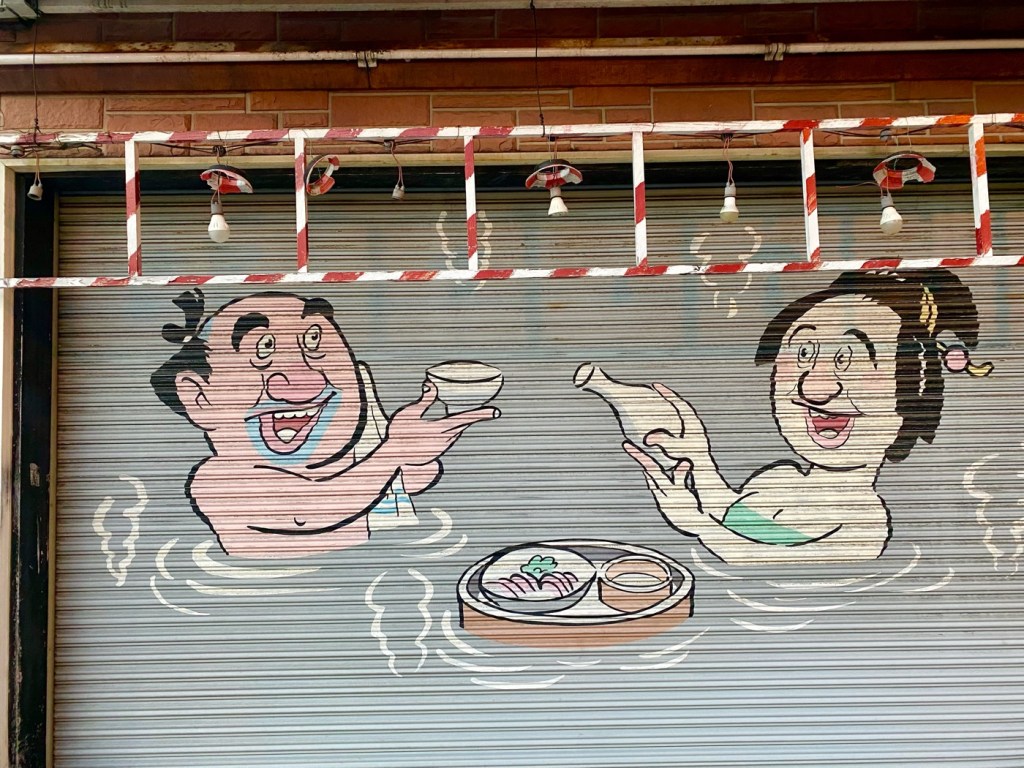
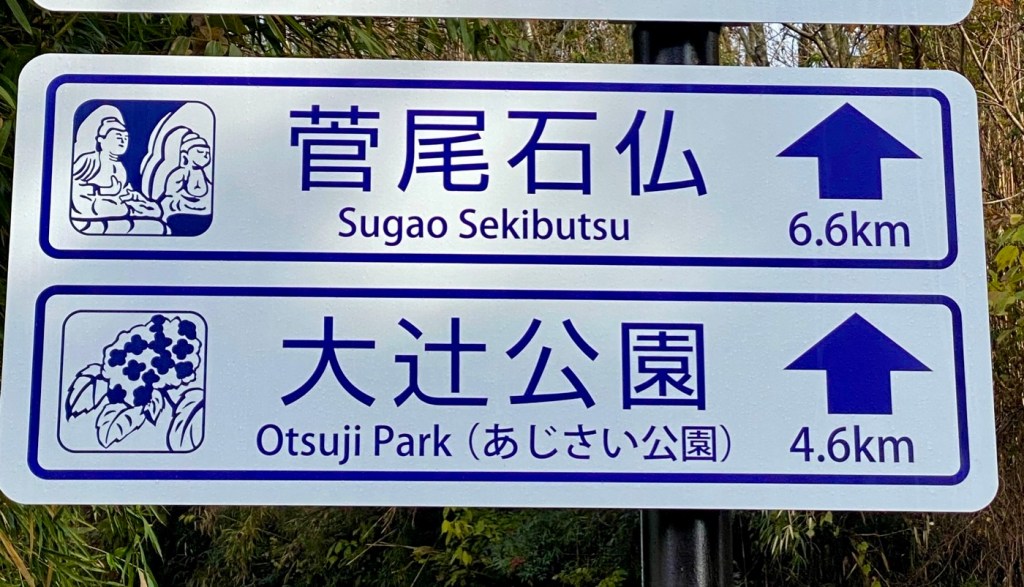

Day 76 - The Sugao Sekibutsu Cliff Buddhas, The Kyushu 108 Temple Pilgrimage, Japan
Today we returned to Sugao to continue our walk east towards Oita.
We also had to change our hotel in Beppu, because the hotel we were staying at was fully booked for the next few days.
We had sent to the new hotel in Beppu, a box full of the gear we trimmed down from our backpacks, in order to walk with lighter packs.
We have been doing so for weeks now, sending our box ten days ahead, and each time we received the box, we looked at it with awe mixed with shock, and wondered what we were thinking when we packed all this extra crap we couldn’t possibly carry around for such a long time.
This time, Jules was planning to take out from the box his puffy vest, and both of us would take out our raincoats, as the weather forecast had changed and recently there have been colder days, and many rainy days are now predicted.
We checked out of the hotel and walked to Beppu station.
We locked our backpacks in a locker at the station and took a train to Sugao.
Our first stop along our walk back to Oita, was to visit the Sugao Buddha Statues Carved into the Stone Cliffs.
The Sugao Sekibutsu (Magaibutsu) are five stone Buddhas carved during the Heian period (794-1185) out of ignimbrite volcanic rock, formed nearly 90,000 years ago, from pyroclasts from the Aso volcano.
There were a few signs on the main car road leading to the Buddhas, but after that, there were only small signs to navigate the farm roads that were so old and weathered that they were barely readable.
The only way we knew that we had reached the right place was a parking lot and toilets.
We climbed up the steep mountain slope, located at the edge of a pleasant farming village.
The houses had kitchen gardens and persimmon, grapefruit and orange trees.
As we reached the cliffs, we had to climb up many steep and mossy stone steps to reach the cliffside where the Buddhas were sitting, covered by a roof to prevent them from further weathering.
The Buddhas were crafted just as intricately as the wooden Buddhas you can see in Kyoto and Nara.
Among the many cliff-carved Buddhas in this region of Bungo Ono, these are one of the best preserved.
I thought about the history of these amazing cliff carvings.
Were those carvings made at times when many Buddhist monks lived and practiced here?
Or were these ancient carvings and temples, all commissioned by warring lords, who were looking for Divine protection from the gods, hoping to defend their castles and domains, and defeat their enemies?
I hoped it was the Buddhist monks who created the Buddhas in the mountains around here, but in any event, these large ancient carvings still remain, looking magnificent, while those war loving warlords are all gone.
Since we were alone visiting the Buddhas and on top of the cliffs, instead of chanting the Heart Sutra quietly, we sang it at the top of our lungs, our voices carrying over the trees into the sky.
Then we bowed and walked down. We chose to walk by the wide Ono river, on a quiet forest road.
There were no cars, except for the occasional farm truck driven by local people who knew the unmaintained road so well that they drove way too fast.
The river walk was very charming, lined with trees and wild flowers tangled with vines.
Occasionally we passed by quiet farming villages where almost all the stores were closed or out of business.
Then we had to join the main road, which although it was busy with many cars, had sidewalks we could walk on and feel safe.
We had not passed any option for lunch or even for taking a short rest, so we were happy when we saw a cool cafe where we could sit and rest.
The cafe had no food, only coffee and homemade cookies.
They also had no alternatives to dairy milk.
We looked at one another with sad puppy eyes.
It is completely shocking to us that modern looking cafes all around the countryside of Kyushu have nothing but cow’s milk for their lattes, not even soy milk.
Last night, we saw a funny sitcom on Netflix called “Fisk”, that takes place in Sydney, Australia.
We love that show, about a divorced lawyer with a smart and edgy personality who is getting her life back in order by taking a job in a tiny law firm with hilarious characters.
Anyway, below the law firm a new shop opened selling alternative beverages.
It is not a cafe, as they don’t serve any coffee, but every time she chose a drink, she has to choose between a dizzying variety or alternative milks like pistachio milk, almond milk, macadamia milk, cashew milk, coconut milk, soy milk, hazelnut milk, oat milk, rice milk, etc.
Yet here in Japan, they are still getting brainwashed that cows’ milk is a health-drink.
For thousands of years they drank soy milk every morning and green tea during the day.
Nobody drank any coffee at all.
In the past few decades, the dairy industry geared up in Hokkaido, Japan’s northernmost island, and the industry has grown rapidly by advertising everywhere the benefits of drinking milk daily.
I often saw during our pilgrimage people eating a Japanese breakfast of miso soup, steamed rice with pickles, natto (fermented soybeans) and cooked vegetables, a slice of fish and a big glass of milk.
We ordered cafe mocha and were even sadder when she handed us a cup of cow milk coffee topped with whipped cream and chocolate syrup.
We forgot to say no whipped cream and chocolate, as it has been so long since we were in a cafe that added them automatically to every drink.
At least the cookies were nice, and the sofas were comfortable to sit on.
I feel so petty for feeling this way.
I also know that if we were not walking, I would not care about the availability of alternative milks for hot drinks in rural cafes.
It is only because we are walking on (achy) feet all day, that our choices narrow down to what we pass by on the road.
We can’t get back into the car and drive away to the next place.
I know pilgrims need to be more gritty, and learn to accept what comes, but I am not sure that we can grow beyond having few preferences.
We continued walking until the late afternoon, when we returned to Oita.
At the train station, we bought bagels to eat for dinner, and sat in the Starbucks to have tea.
We returned to Beppu by train, collected our backpacks and checked into our new hotel.
They had our box ready for us.
The hotel didn’t have a laundry machine, so we collected our laundry and walked to town to do our laundry.
We passed by a market and bought some fresh strawberries and persimmons to add to our dinner.
I think that on this pilgrimage during the autumn and early winter season in Kyushu, I have eaten the best persimmons in my life.
I also ate an amount of persimmons totaling more than all the persimmons that I have eaten in my entire life.
With love and persimmons,
Tali
Stats: 25,069 steps
Today’s walk: 17.5 km
Kilometers walked to date: 1286 km
Temples visited:
The Sugao Stone Cave Buddhas in Sugao - not part of our pilgrimage.